AND TEN THOUSAND BEINGS
和万物
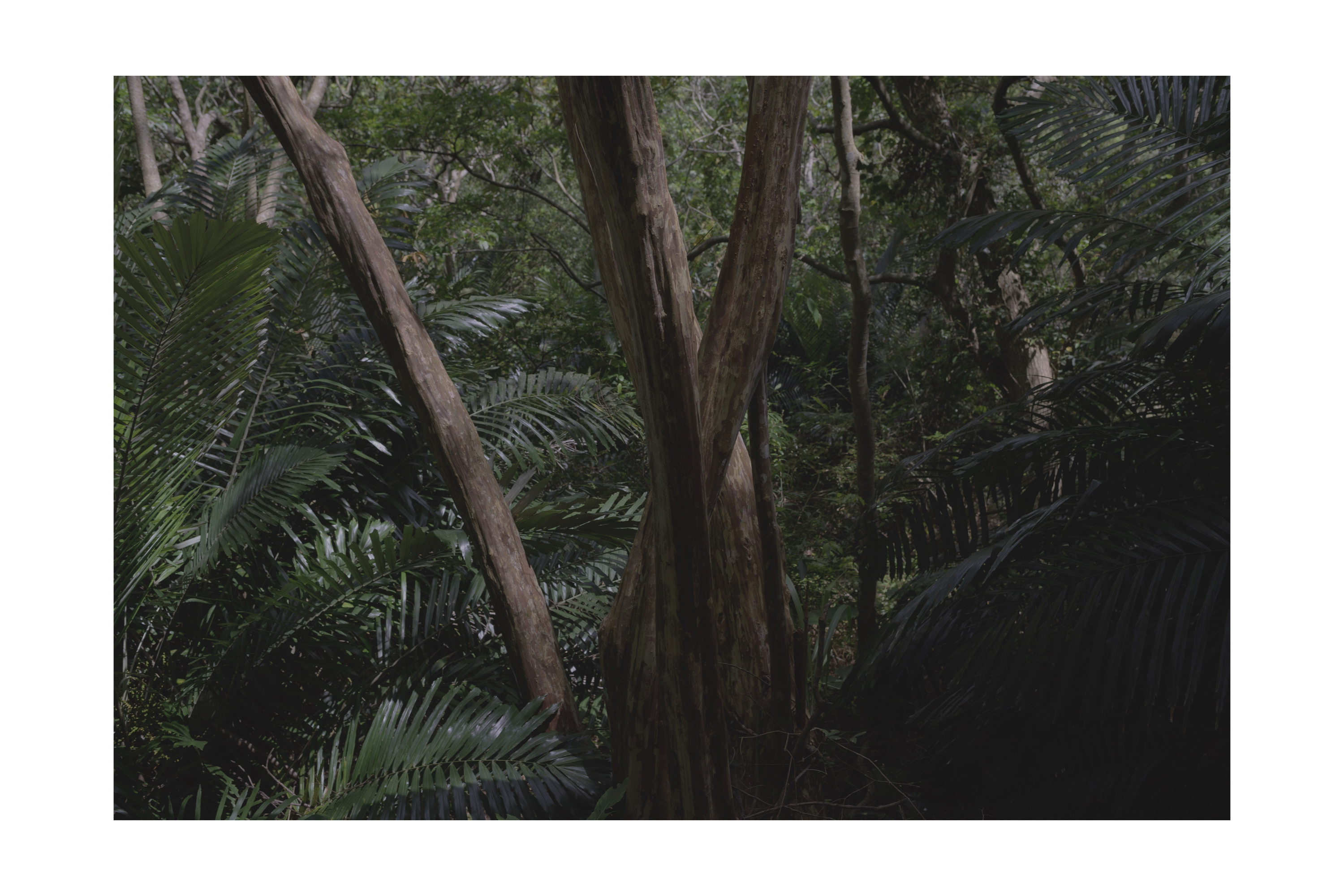
Introduction
FR
Du hasard est né un voyage d’un an à Taïwan en 2020 dont cette série photographique est une trace sensible. And ten thousand beings est le résultat d’un travail à la fois rétro et introspectif sur cette expérience intime où les images de Taïwan révèlent une vision métaphorique du monde et des temps que nous vivons caractérisés par un sentiment d’incertitude et une remise en quesiton de nos modes d’être. Le récit devient alors celui d’un voyage plus imaginaire, intérieur, où l’on suit un cheminement de pensées empreint de philosophie taoïste et empruntant à la langue des mythes, questionnant les idées de nature, d’harmonie, de hasard, de progrès et interrogeant la société, l’humain et comment celui-ci s’articule avec le reste du vivant.
Ce “récit” est construit en 5 parties, chacune se focalisant sur différents thèmes de réflexions. Les cinq ensembles ou chapitres sont numérotés en sinogrammes de 零 à 万 , soit de 0 à 10 000. Cette numérotation fait référence au texte 42 du Dao de jing (道德經), ouvrage fondateur de la pensée taoïste. Celui-ci commence par une courte genèse sous forme d’énumération où les chiffres ont une signification particulière et dont ce travail s’approprie quelque peu le sens.
L’une des interprétations classiques de ce texte (annexe en bas de page) voit dans le « un » l’unité engendrée par le tao (principe créateur auquel le 0 peut être assigné); dans le « deux » les entités dualistes yin et yang engendrées par le « un »; dans le « trois » une idée de mouvement, de transformation et d’échange résultant du « deux » et qui engendre à son tour les dix mille êtres.
L’expression « dix mille êtres » ou « dix mille choses » (万物 / wànwù) évoque l’ensemble, le grand tout engendré par le “Tao” (道: la voie, le chemin) et qu’abrite l’univers, sans catégorisation ou hiérarchisation. Dans cette genèse, l’humain n’est pas extrait d’un ensemble pouvant être réduit au concept trompeur de Nature, ni mis dans un rapport de domination ou encore à une place centrale. Cette formule questionne le moi, l’être, le vivant et ce qui fait monde. Elle exprime l’unicité d’un tout pluriel et infini engendré par le tao, principe créateur défini comme indéfinissable car insondable.
Ce “récit” est construit en 5 parties, chacune se focalisant sur différents thèmes de réflexions. Les cinq ensembles ou chapitres sont numérotés en sinogrammes de 零 à 万 , soit de 0 à 10 000. Cette numérotation fait référence au texte 42 du Dao de jing (道德經), ouvrage fondateur de la pensée taoïste. Celui-ci commence par une courte genèse sous forme d’énumération où les chiffres ont une signification particulière et dont ce travail s’approprie quelque peu le sens.
L’une des interprétations classiques de ce texte (annexe en bas de page) voit dans le « un » l’unité engendrée par le tao (principe créateur auquel le 0 peut être assigné); dans le « deux » les entités dualistes yin et yang engendrées par le « un »; dans le « trois » une idée de mouvement, de transformation et d’échange résultant du « deux » et qui engendre à son tour les dix mille êtres.
L’expression « dix mille êtres » ou « dix mille choses » (万物 / wànwù) évoque l’ensemble, le grand tout engendré par le “Tao” (道: la voie, le chemin) et qu’abrite l’univers, sans catégorisation ou hiérarchisation. Dans cette genèse, l’humain n’est pas extrait d’un ensemble pouvant être réduit au concept trompeur de Nature, ni mis dans un rapport de domination ou encore à une place centrale. Cette formule questionne le moi, l’être, le vivant et ce qui fait monde. Elle exprime l’unicité d’un tout pluriel et infini engendré par le tao, principe créateur défini comme indéfinissable car insondable.
________________
EN
From coincidences emerged a journey. A one-year stay in Taiwan in 2020 from which this photographic series is a sensitive trace. And ten thousand beings is the result of a work both retro and introspective on this intimate experience where the images of Taiwan reveal a metaphorical vision of the world and the times we live in, marked by a feeling of uncertainty in the face of contemporary issues and a questioning of our ways of being. The story then becomes a more imaginary, inner journey where we follow a progression of thoughts tinged with Taoist philosophy, borrowing from the language of myths and questioning the ideas of nature, harmony, randomness, progress, questioning the society, the human being and how this one is articulated with the rest of the living.
This "narrative" is organized in 5 parts exploring different themes of reflection. These five chapters are numbered in sinograms from 零 to 万 (from 0 to 10,000). This numbering refers to the text 42 of the Dao de jing (道德經), the founding book of Taoist philosophy. This text begins with a short genesis where the numbers have a particular meaning and whose this work appropriates somewhat the sense.
One of the classical interpretations of it (see bottom of the page) sees in the "one" the unity generated by the tao (creative principle to which the 0 can be assigned); in the "two" the dualistic entities of yin and yang generated by the "one"; in the "three" an idea of movement, transformation and interplay resulting from the "two" and which itself engenders the ten thousand beings.
The "ten thousand beings" or "ten thousand things" (万物), to which the title of this project refers, evokes the totality of things generated by the "Tao" (道: the way, the path) and which the universe hosts, without categorisation or hierarchisation. In this genesis, the human being is not extracted from a whole that can be reduced to the misleading concept of Nature, nor is it placed in a relationship of domination or has a central place. This formula questions the ego, the being, the living and what makes world. It expresses the unicity of a plural and infinite allness generated by the tao, a creative principle defined as indefinable because unfathomable.
This "narrative" is organized in 5 parts exploring different themes of reflection. These five chapters are numbered in sinograms from 零 to 万 (from 0 to 10,000). This numbering refers to the text 42 of the Dao de jing (道德經), the founding book of Taoist philosophy. This text begins with a short genesis where the numbers have a particular meaning and whose this work appropriates somewhat the sense.
One of the classical interpretations of it (see bottom of the page) sees in the "one" the unity generated by the tao (creative principle to which the 0 can be assigned); in the "two" the dualistic entities of yin and yang generated by the "one"; in the "three" an idea of movement, transformation and interplay resulting from the "two" and which itself engenders the ten thousand beings.
The "ten thousand beings" or "ten thousand things" (万物), to which the title of this project refers, evokes the totality of things generated by the "Tao" (道: the way, the path) and which the universe hosts, without categorisation or hierarchisation. In this genesis, the human being is not extracted from a whole that can be reduced to the misleading concept of Nature, nor is it placed in a relationship of domination or has a central place. This formula questions the ego, the being, the living and what makes world. It expresses the unicity of a plural and infinite allness generated by the tao, a creative principle defined as indefinable because unfathomable.
_________________________________________________
aperçu / overview :
(cliquez puis utilisez les flèches du clavier pour naviguer parmi les images / click and use the keyboard arrows to navigate throught the images)


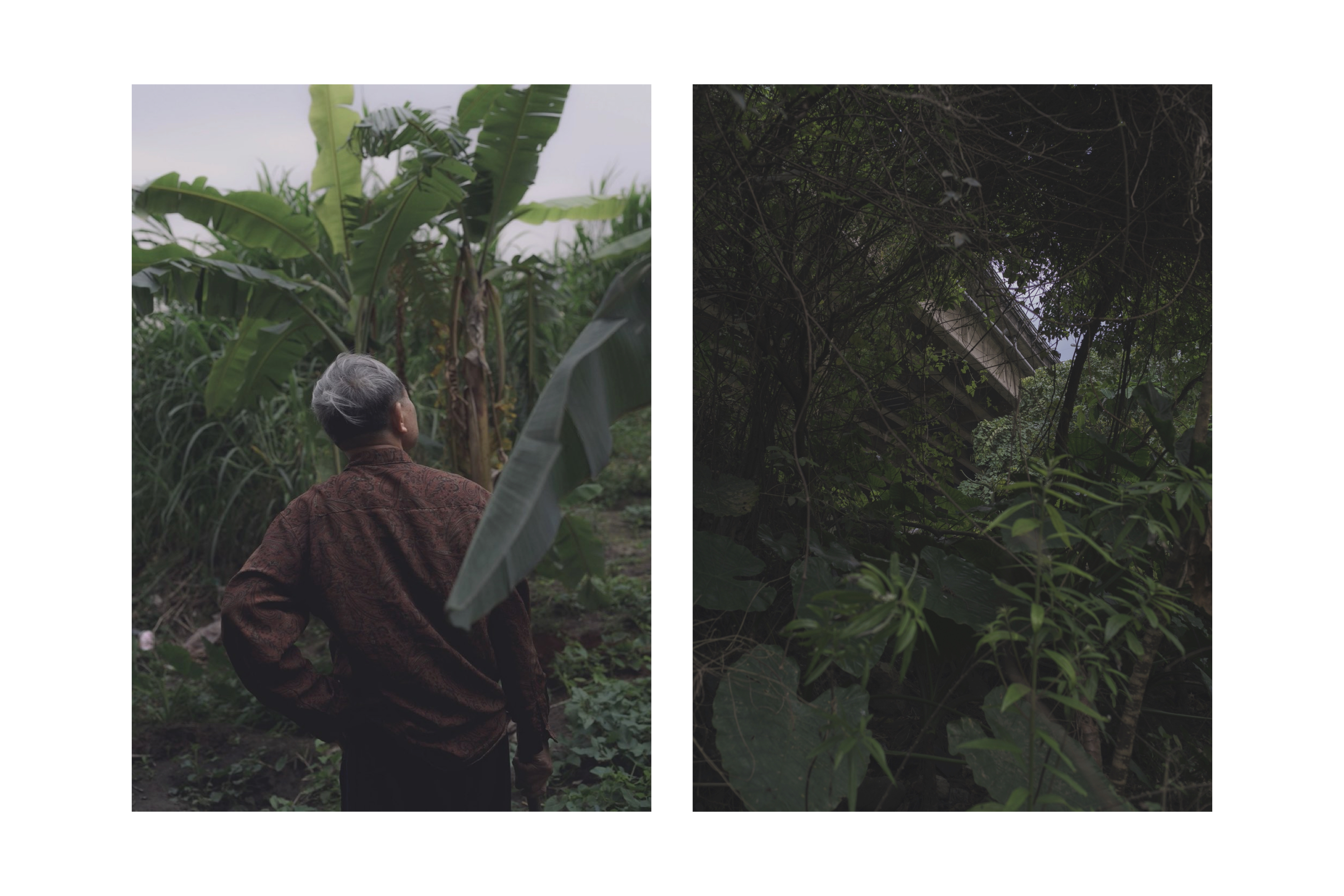


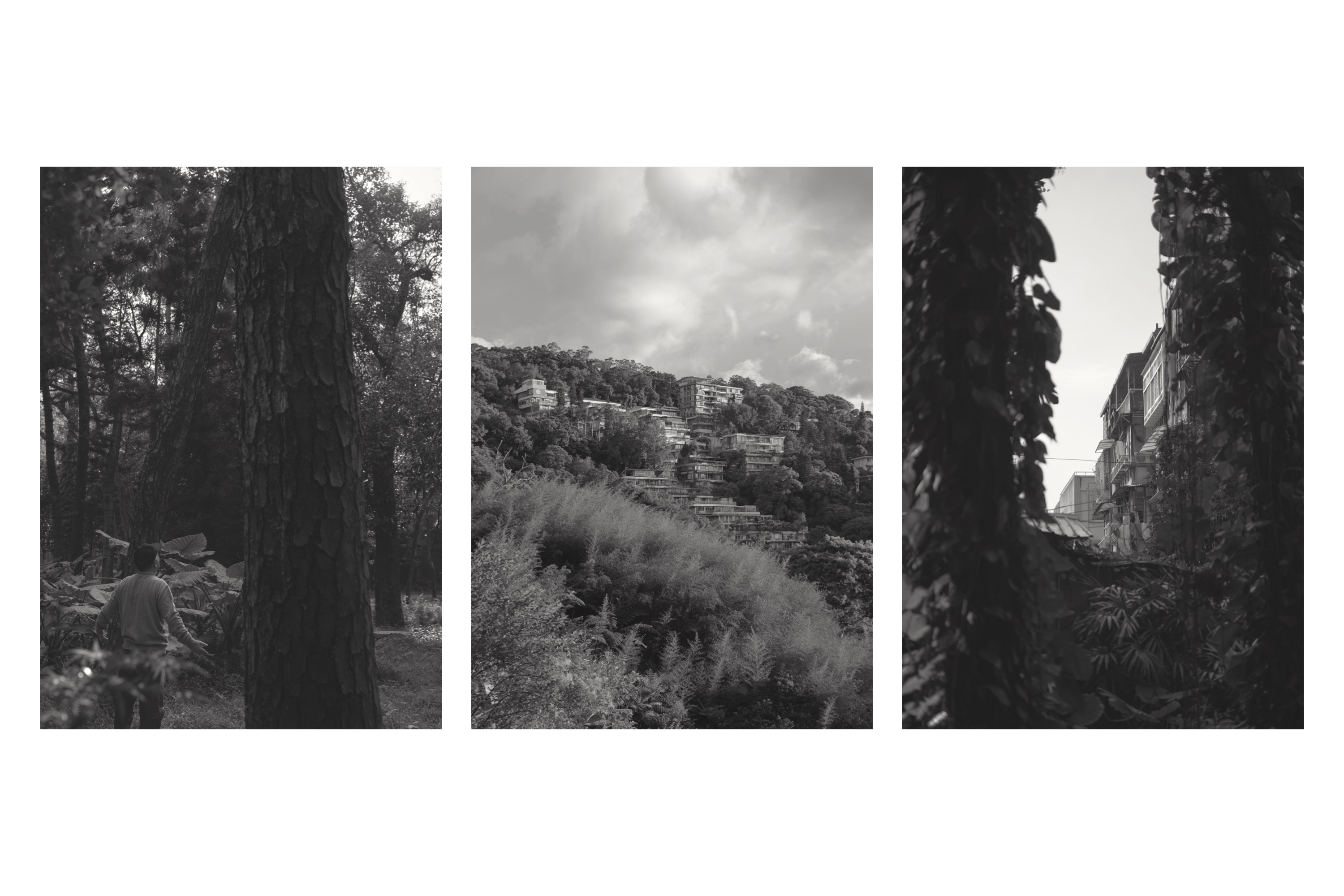

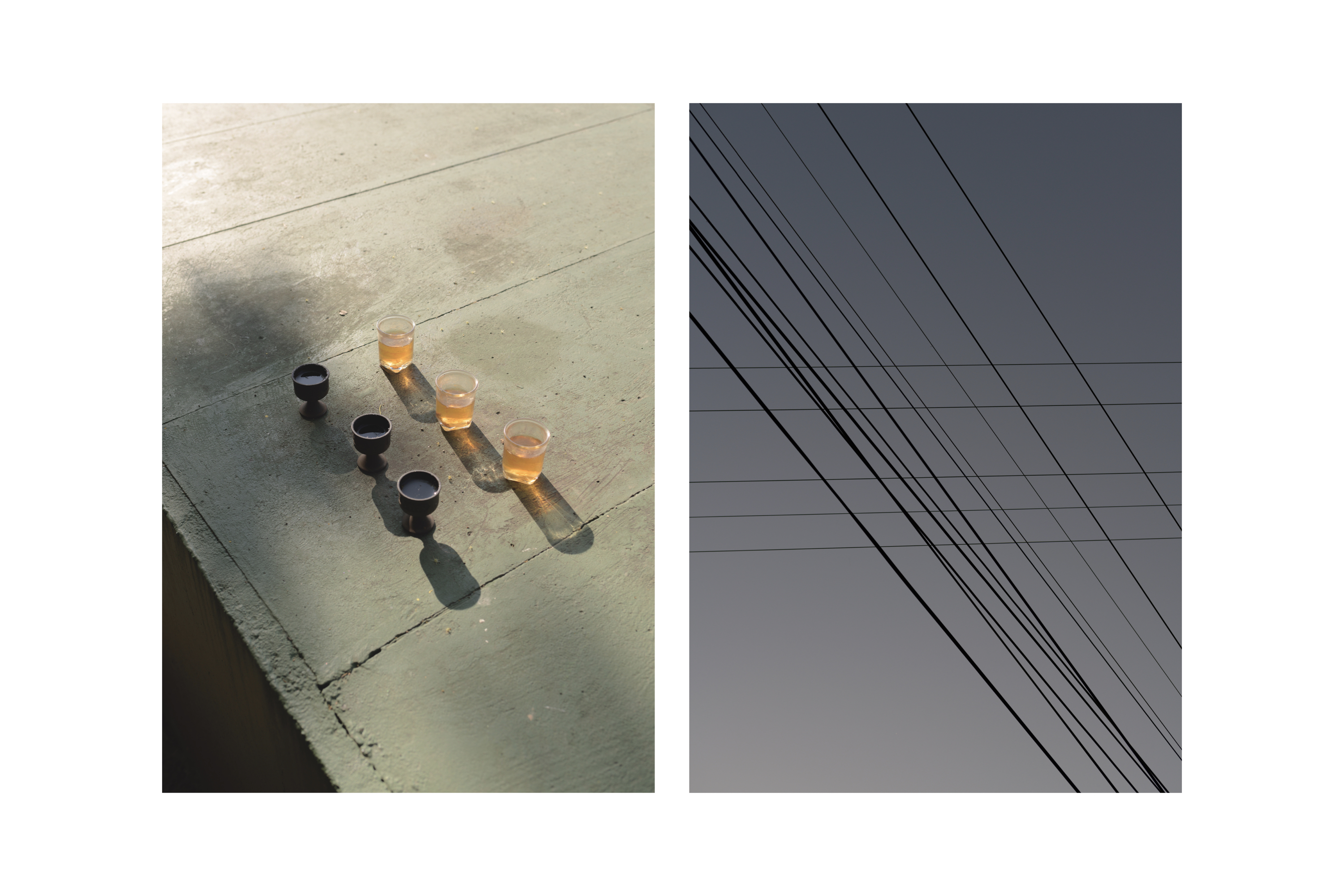

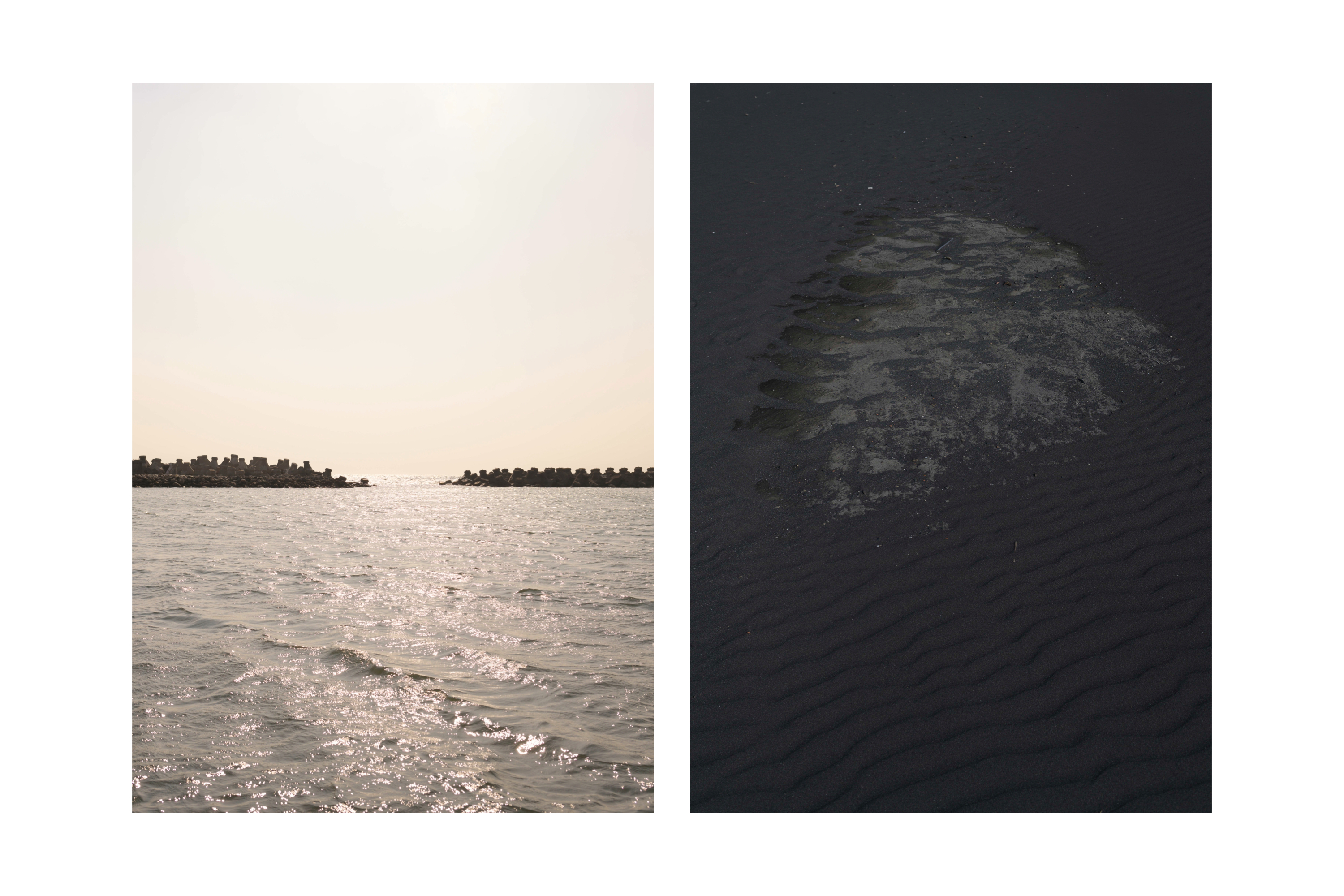



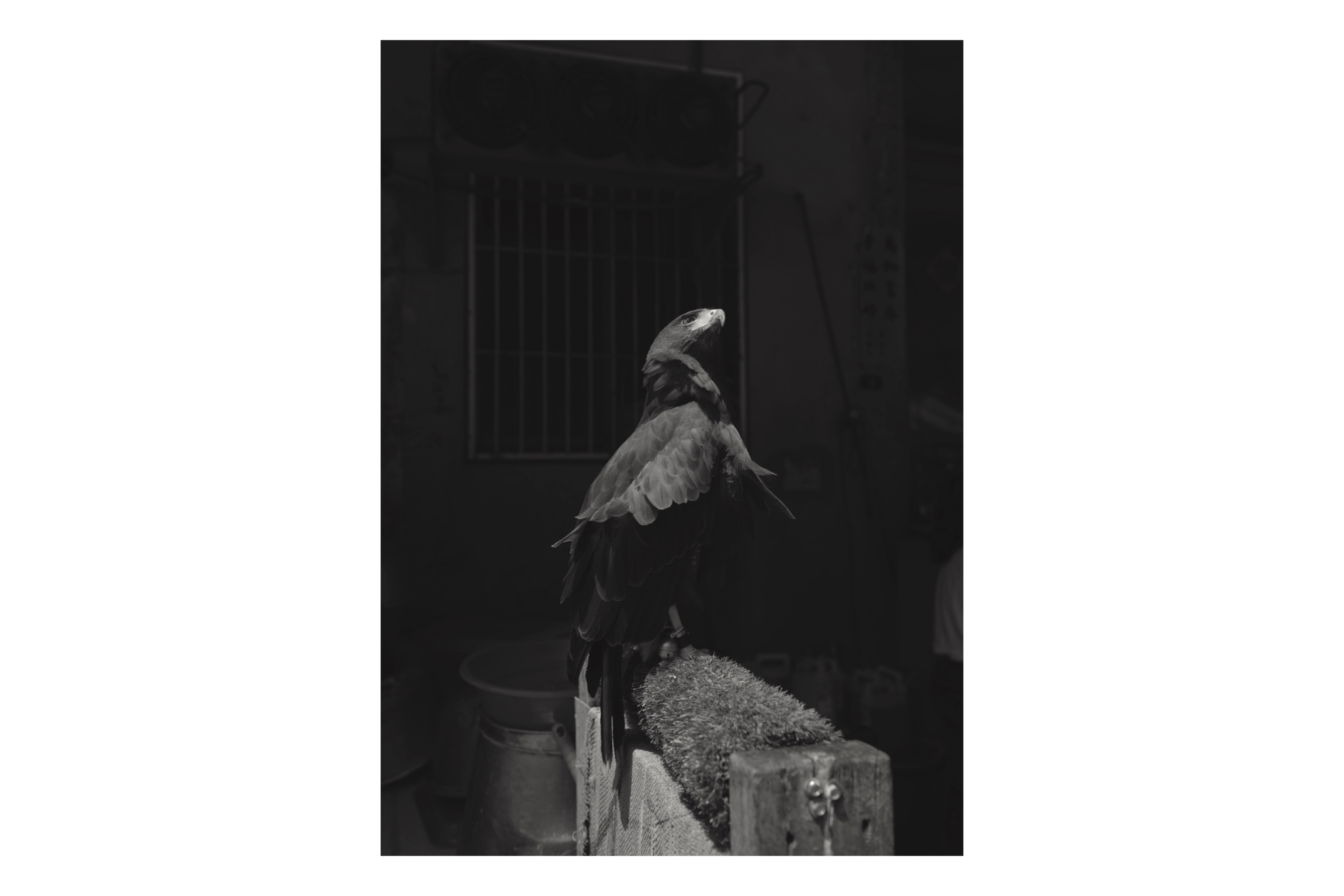
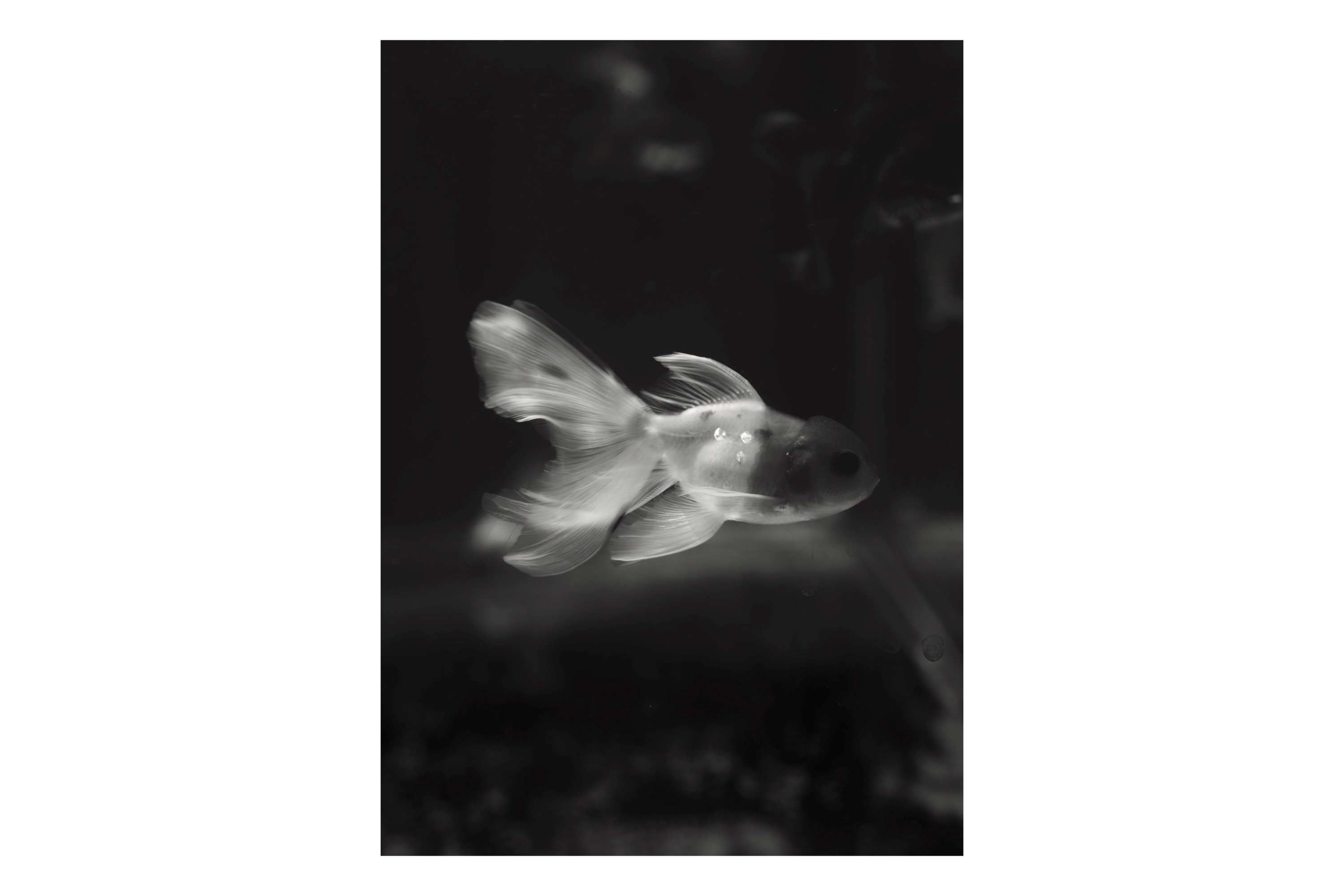
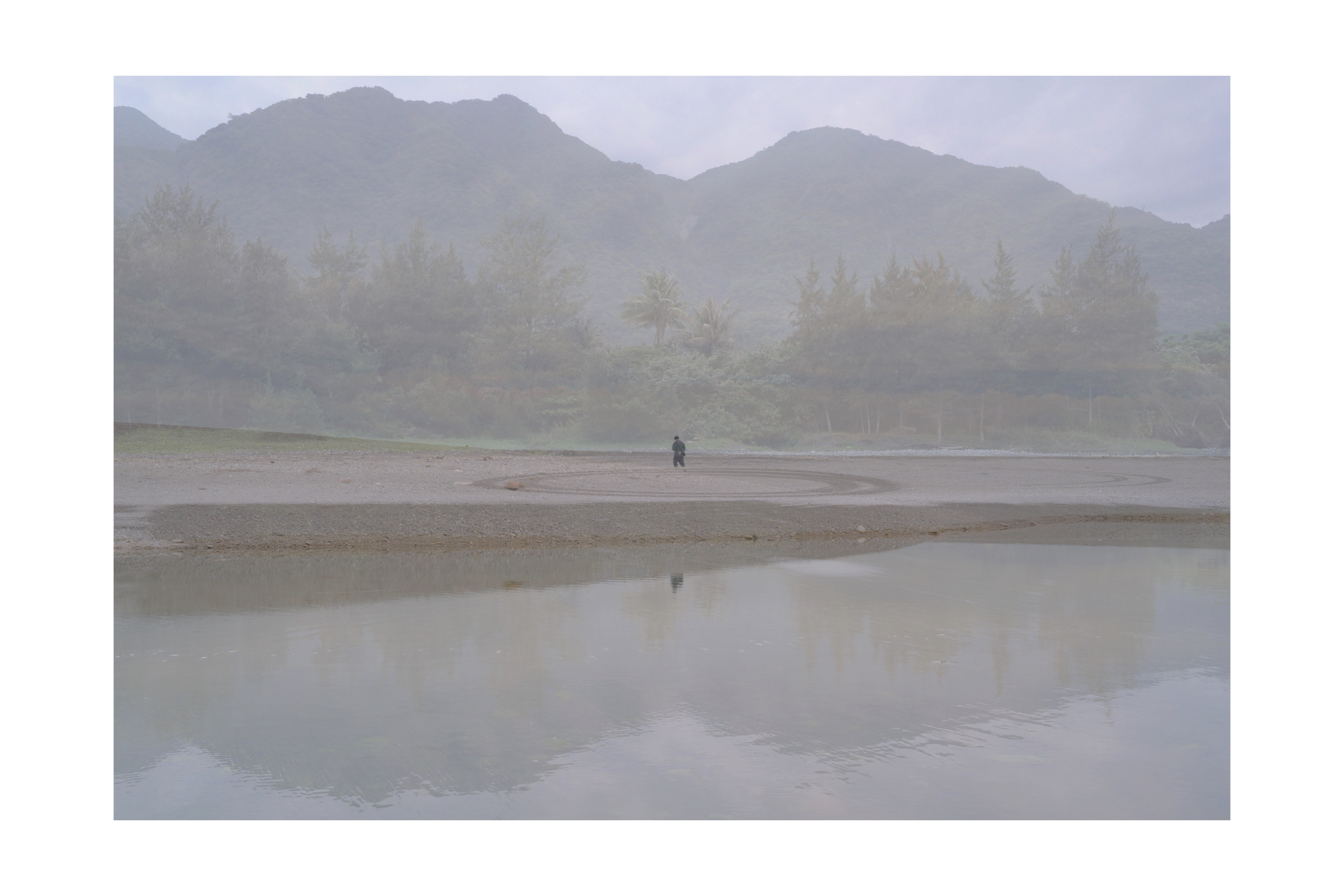
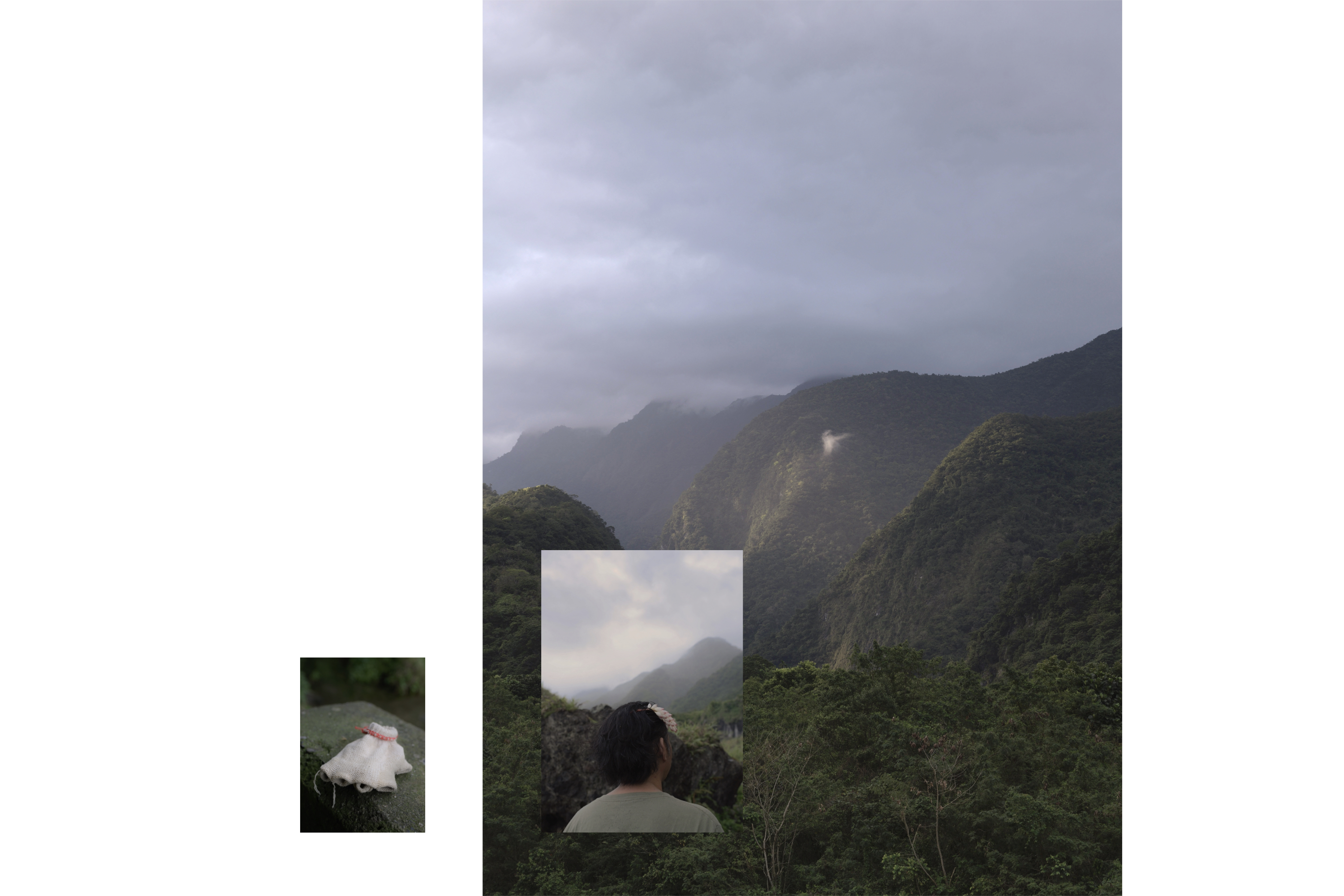




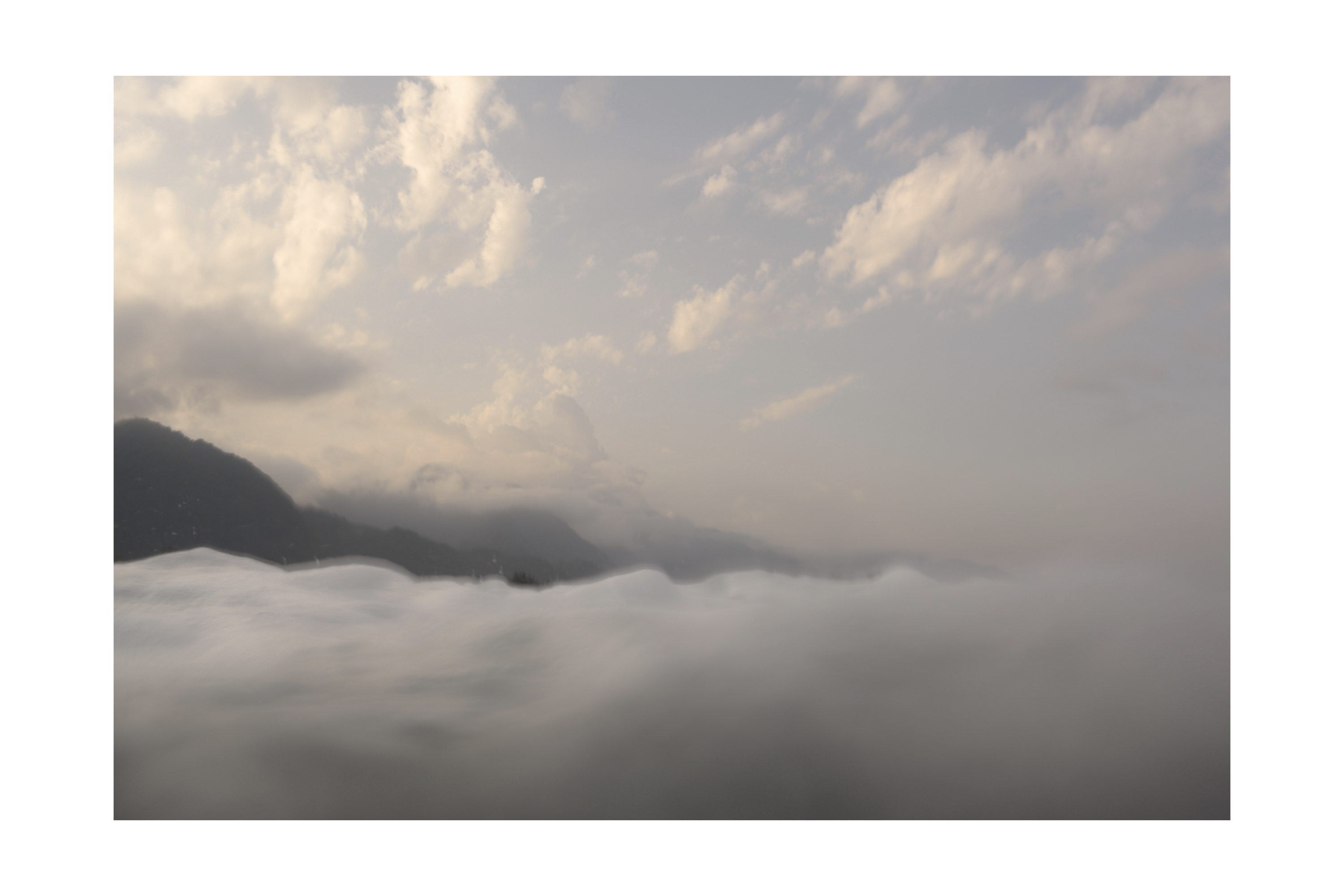



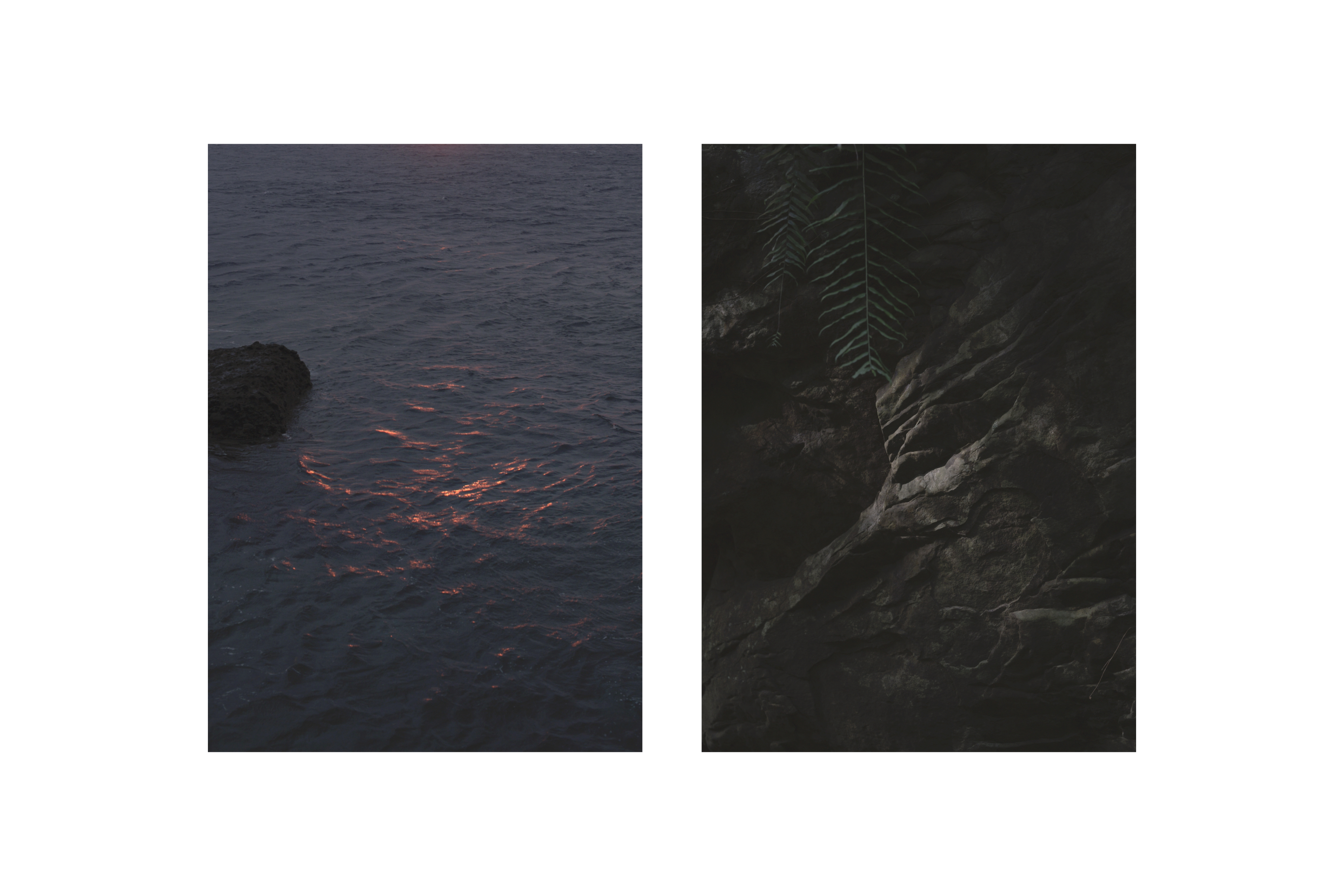




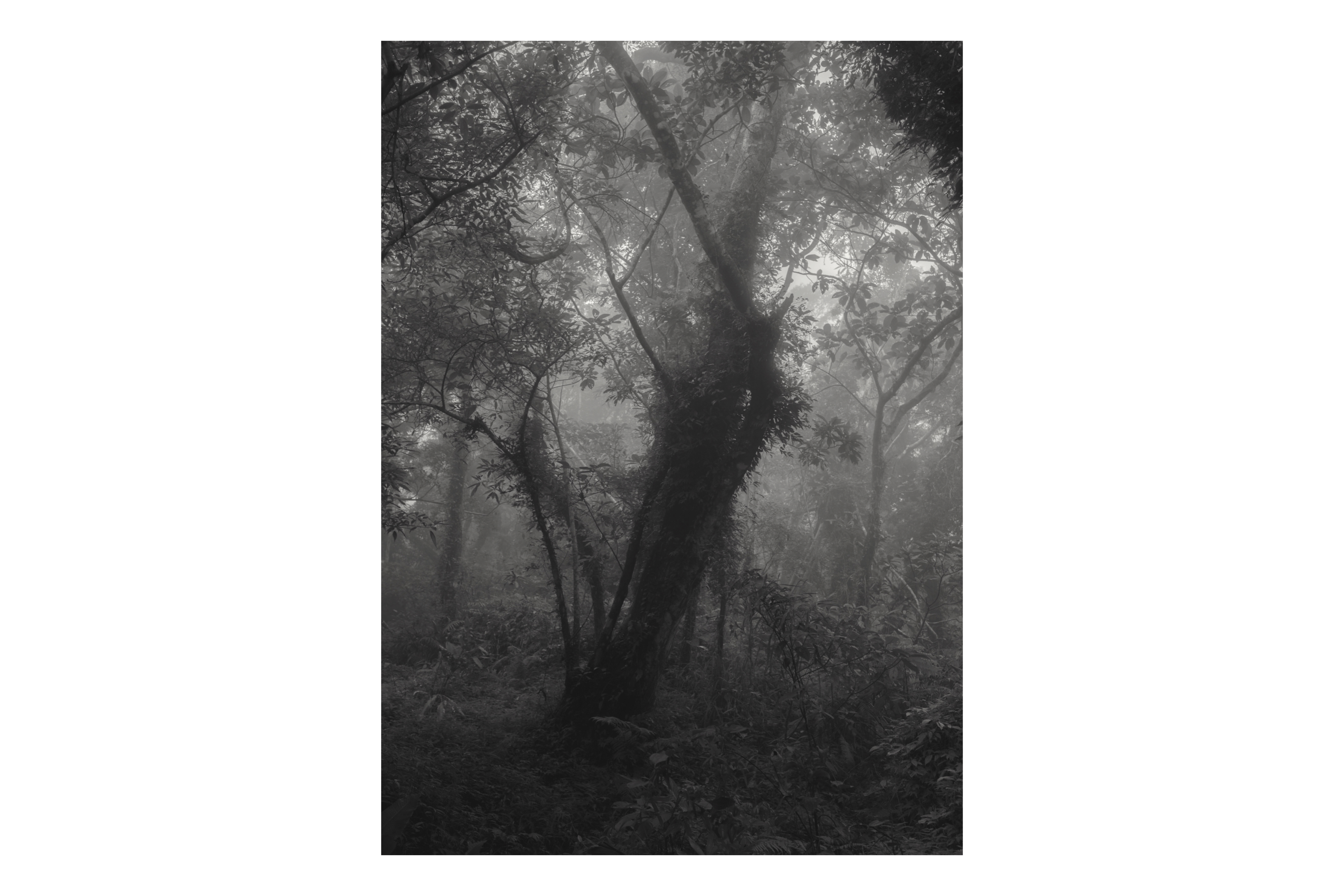
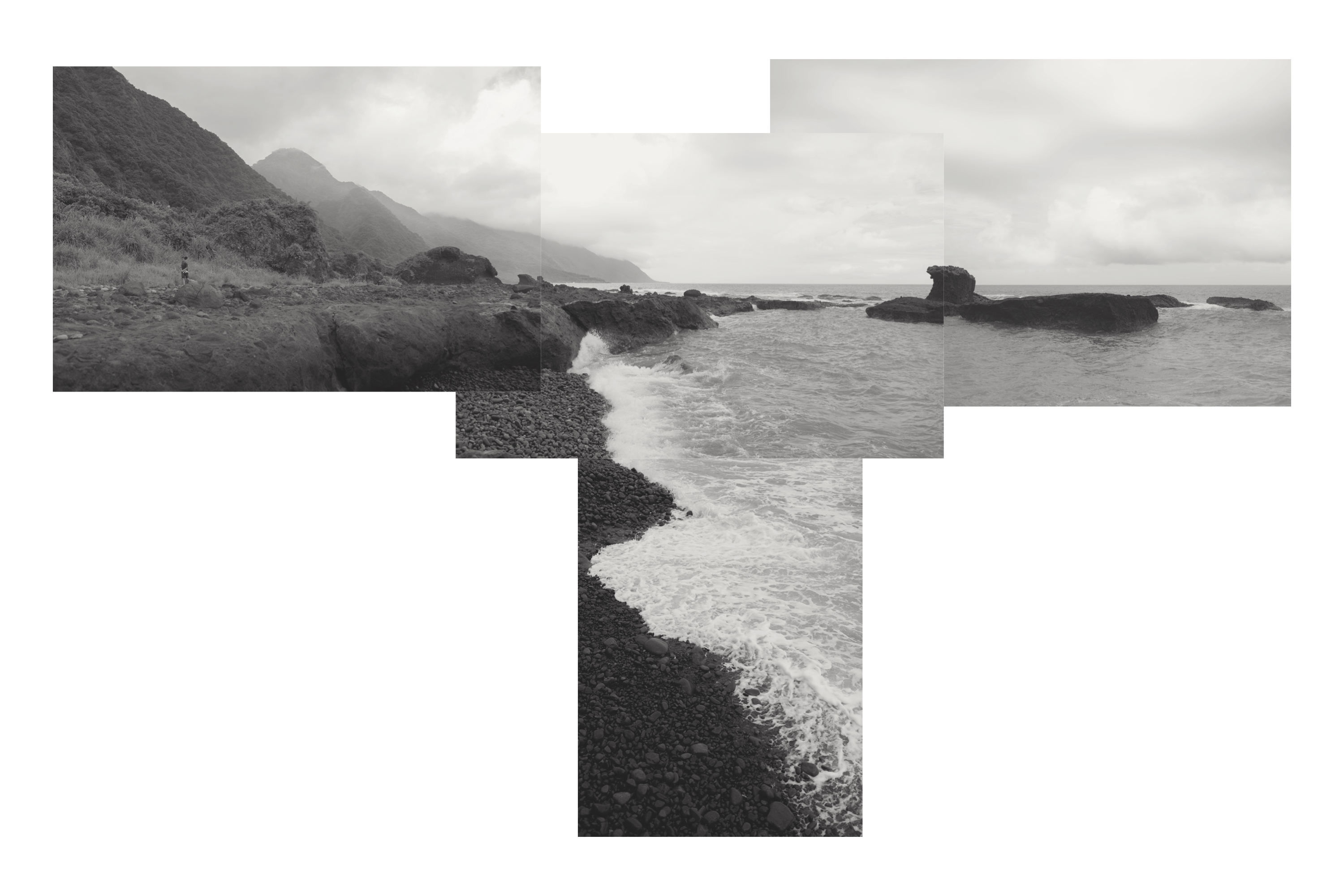
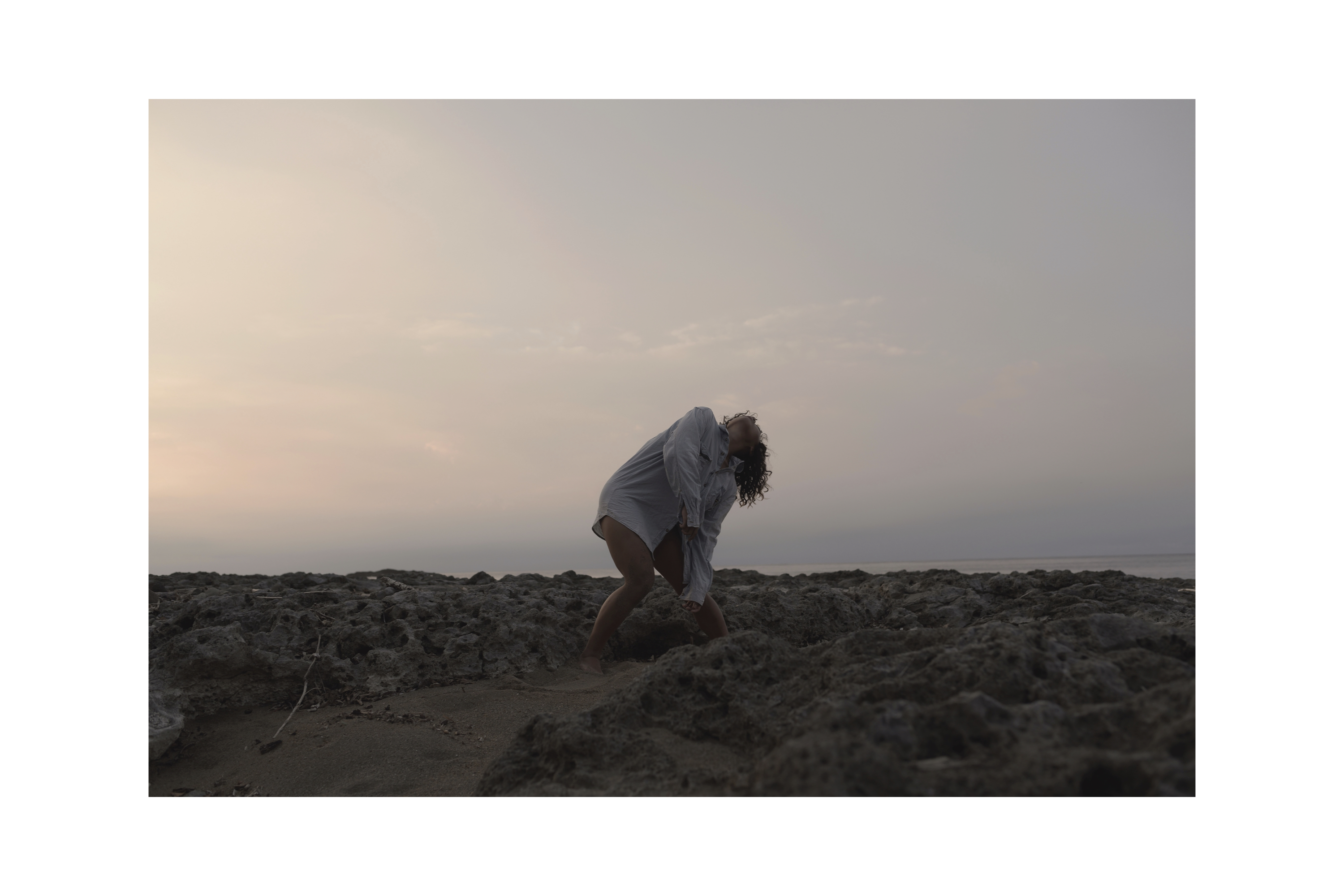




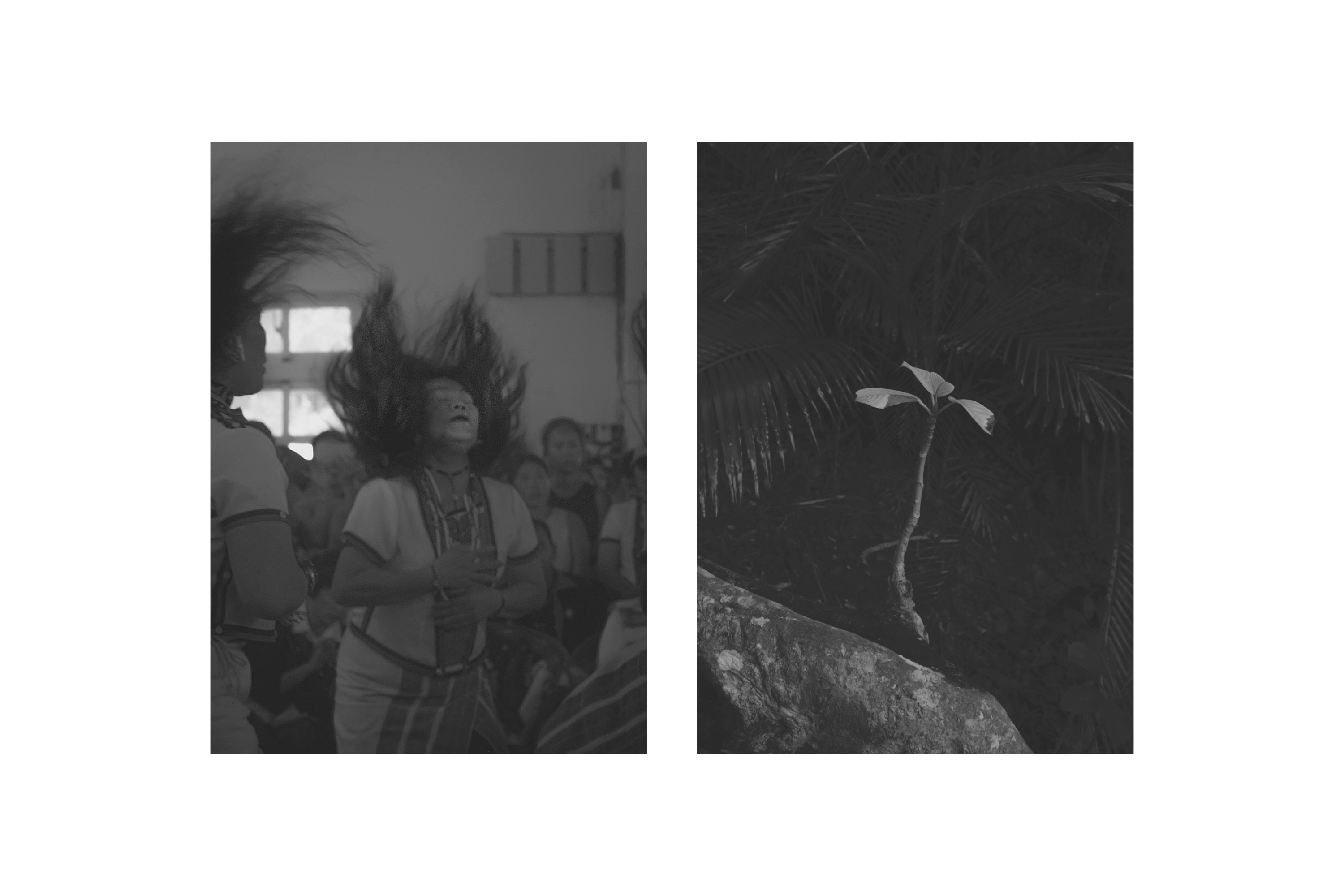
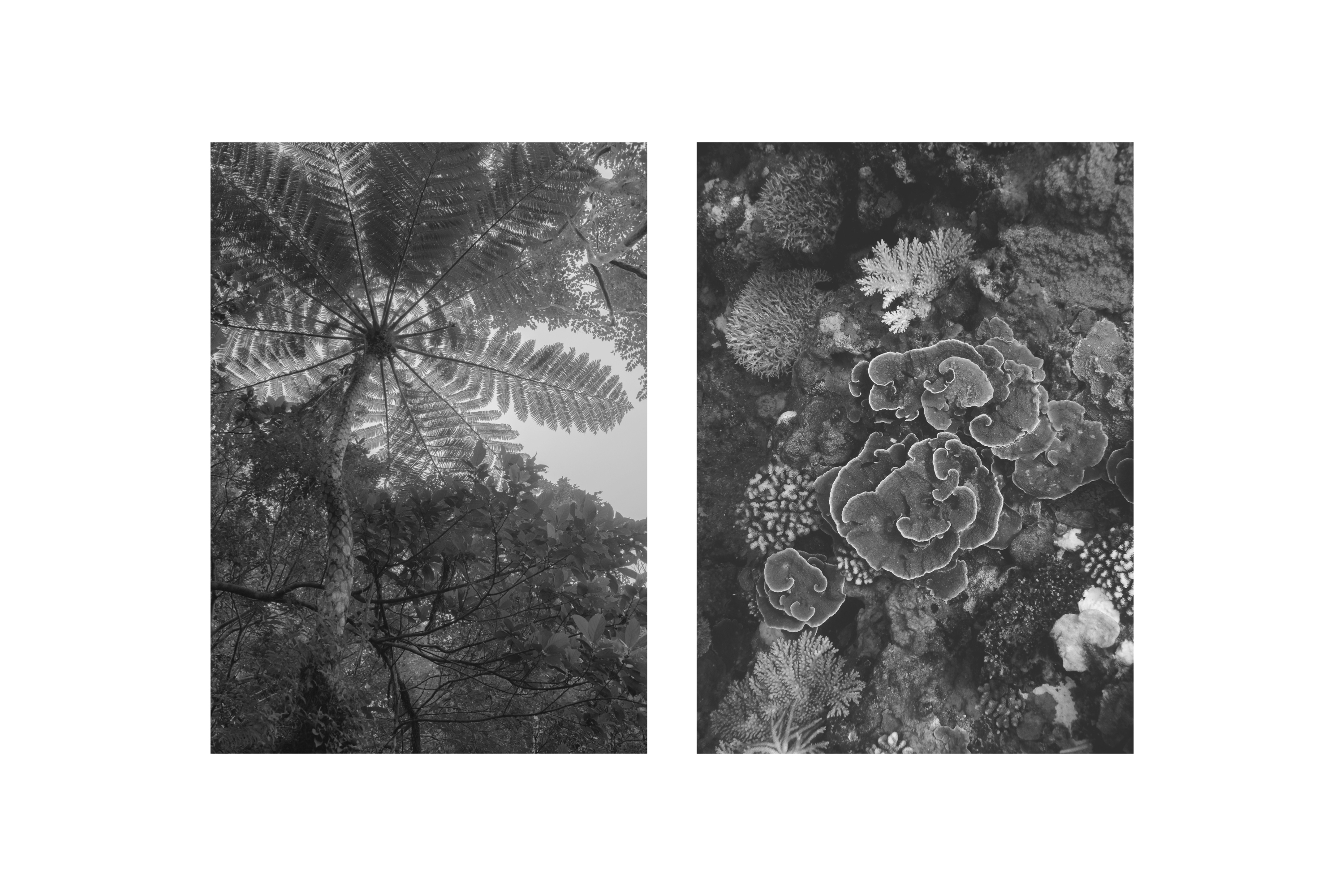


_______________________________________________
liens vers les chapitres / links to chapters
_______________________________________________
42 . Children of the Way
The Way bears one.
The one bears two.
The two bear three.
The three bear the ten thousand things.
The ten thousand things
carry the yin on their shoulders
and hold in their arms the yang,
whose interplay of energy
makes harmony.
People despise
orphans, widowers, outcasts.
Yet that’s what kings and rulers call themselves.
Whatever you lose, you’ve won.
Whatever you win, you’ve lost.
What others teach, I say too:
violence and aggression
destroy themselves.
My teaching rests on that.
Tao Te Ching - Lao Tzu , Ursula K. Le Guin, 1997
The Way bears one.
The one bears two.
The two bear three.
The three bear the ten thousand things.
The ten thousand things
carry the yin on their shoulders
and hold in their arms the yang,
whose interplay of energy
makes harmony.
People despise
orphans, widowers, outcasts.
Yet that’s what kings and rulers call themselves.
Whatever you lose, you’ve won.
Whatever you win, you’ve lost.
What others teach, I say too:
violence and aggression
destroy themselves.
My teaching rests on that.
Tao Te Ching - Lao Tzu , Ursula K. Le Guin, 1997
天文, Tiān wén - Des signes célestes
« Le Ciel et la Terre n'étaient pas encore formés ; tout était vaste et immense, caverneux et informe ; ainsi fut le Grand Commencement.
Le Tao commença par engendrer les vastités vides. Celles-ci engendrèrent l'espace-temps, lequel engendra les souffles; ceux-ci eurent des contours et des limites. Ce qui était léger et limpide se dissipa et se dispersa pour constituer le Ciel ; ce qui était lourd et boueux s'aggloméra et se coagula pour constituer la Terre. La conjonction et la condensation du léger et du subtil furent aisées, l'agglomération et le compactage du lourd et du boueux furent laborieux. Ainsi, le Ciel fut achevé avant que la Terre ne fût établie.
Les essences conjointes du Ciel et de la Terre constituèrent le yin et le yang. Les essences condensées du yin et du yang constituèrent les quatre saisons. Les essences dispersées des quatre saisons constituèrent les dix mille êtres.»
Philosophes taoïstes Tome 2 - Huainan zi, 2003
« Le Ciel et la Terre n'étaient pas encore formés ; tout était vaste et immense, caverneux et informe ; ainsi fut le Grand Commencement.
Le Tao commença par engendrer les vastités vides. Celles-ci engendrèrent l'espace-temps, lequel engendra les souffles; ceux-ci eurent des contours et des limites. Ce qui était léger et limpide se dissipa et se dispersa pour constituer le Ciel ; ce qui était lourd et boueux s'aggloméra et se coagula pour constituer la Terre. La conjonction et la condensation du léger et du subtil furent aisées, l'agglomération et le compactage du lourd et du boueux furent laborieux. Ainsi, le Ciel fut achevé avant que la Terre ne fût établie.
Les essences conjointes du Ciel et de la Terre constituèrent le yin et le yang. Les essences condensées du yin et du yang constituèrent les quatre saisons. Les essences dispersées des quatre saisons constituèrent les dix mille êtres.»
Philosophes taoïstes Tome 2 - Huainan zi, 2003
« Il y a donc des pays sans lieu et des histoires sans chronologie ; des cités, des planètes, des continents, des univers, dont il serait bien impossible de relever la trace sur aucune carte ni dans aucun ciel, tout simplement parce qu'ils n'appartiennent à aucun espace. Sans doute ces cités, ces continents, ces planètes sont-ils nés, comme on dit, dans la tête des hommes, ou à vrai dire, dans l'interstice de leurs mots, dans l'épaisseur de leurs récits, ou encore dans le lieu sans lieu de leurs rêves, dans le vide de leurs cœurs ; bref, c'est la douceur des utopies. Pourtant je crois qu'il y a - et ceci dans toute société - des utopies qui ont un lieu précis et réel, un lieu qu'on peut situer sur une carte ; des utopies qui ont un temps déterminé, un temps qu'on peut fixer et mesurer selon le calendrier de tous les jours. Il est bien probable que chaque groupe humain, quel qu'il soit, découpe, dans l'espace qu'il occupe, où il vit réellement, où il travaille, des lieux utopiques, et, dans le temps où il s'affaire, des moments uchroniques. »
Les hétérotopies, Michel Foucault, 1966
« Humans are tuned for relationship. The eyes, the skin, the tongue, ears, and nostrils—all are gates where our body receives the nourishment of otherness. This landscape of shadowed voices, these feathered bodies and antlers and tumbling streams—these breathing shapes are our family, the beings with whom we are engaged, with whom we struggle and suffer and celebrate. For the largest part of our species’ existence, humans have negotiated relationships with every aspect of the sensuous surroundings, exchanging possibilities with every flapping form, with each textured surface and shivering entity that we happened to focus upon. All could speak, articulating in gesture and whistle and sigh a shifting web of meanings that we felt on our skin or inhaled through our nostrils or focused with our listening ears, and to which we replied—whether with sounds, or through movements, or minute shifts of mood. The color of sky, the rush of waves—every aspect of the earthly sensuous could draw us into a relationship fed with curiosity and spiced with danger. Every sound was a voice, every scrape or blunder was a meeting—with Thunder, with Oak, with Dragonfly. And from all of these relationships our collective sensibilities were nourished.
Today we participate almost exclusively with other humans and with our own human-made technologies. It is a precarious situation, given our age-old reciprocity with the many-voiced landscape. We still need that which is other than ourselves and our own creations. The simple premise of this book is that we are human only in contact, and conviviality, with what is not human. »
The Spell of the Sensuous, David Abram, 1996
零
0

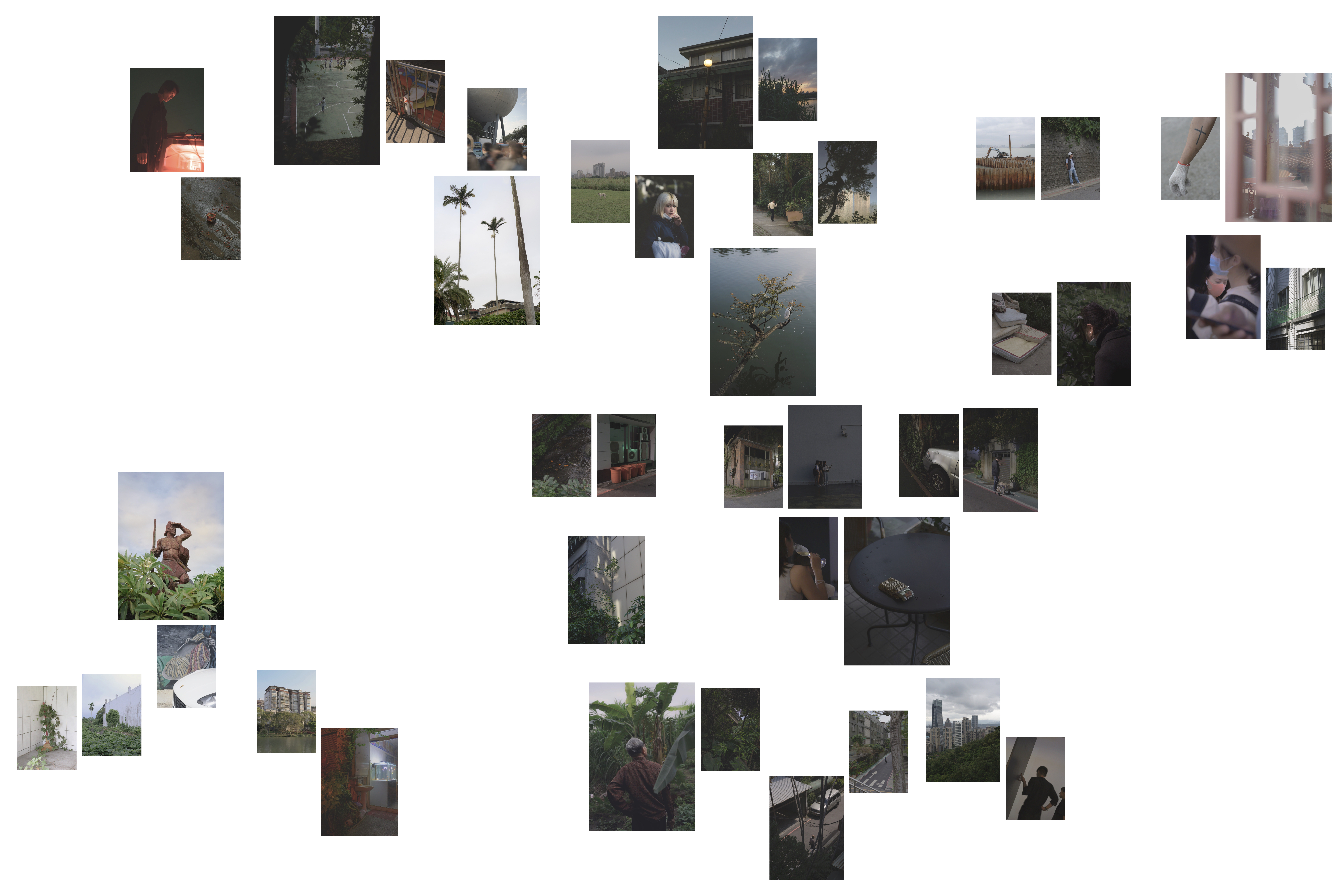
Constellations

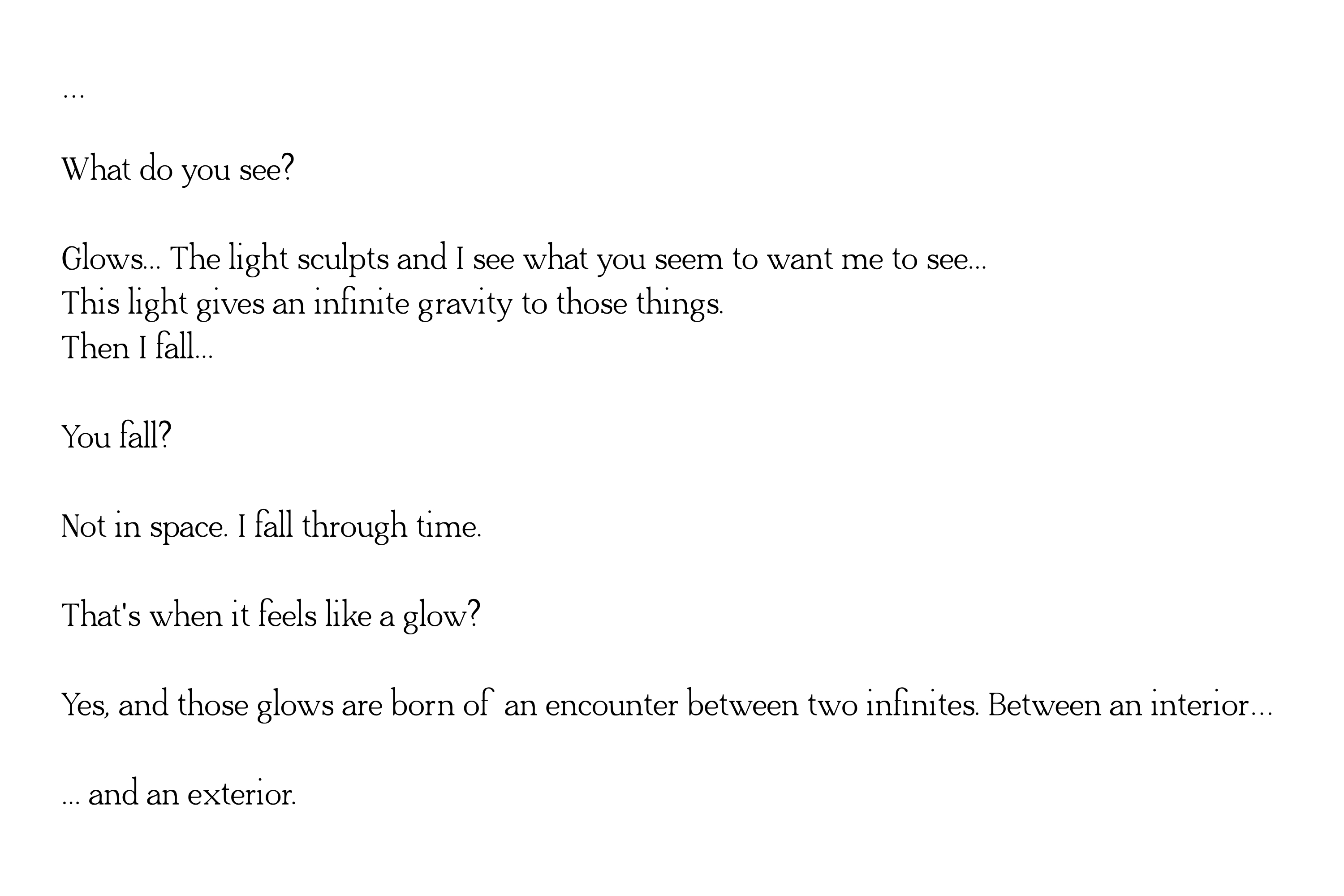
Éclats d’une ouverture - glows of an opening


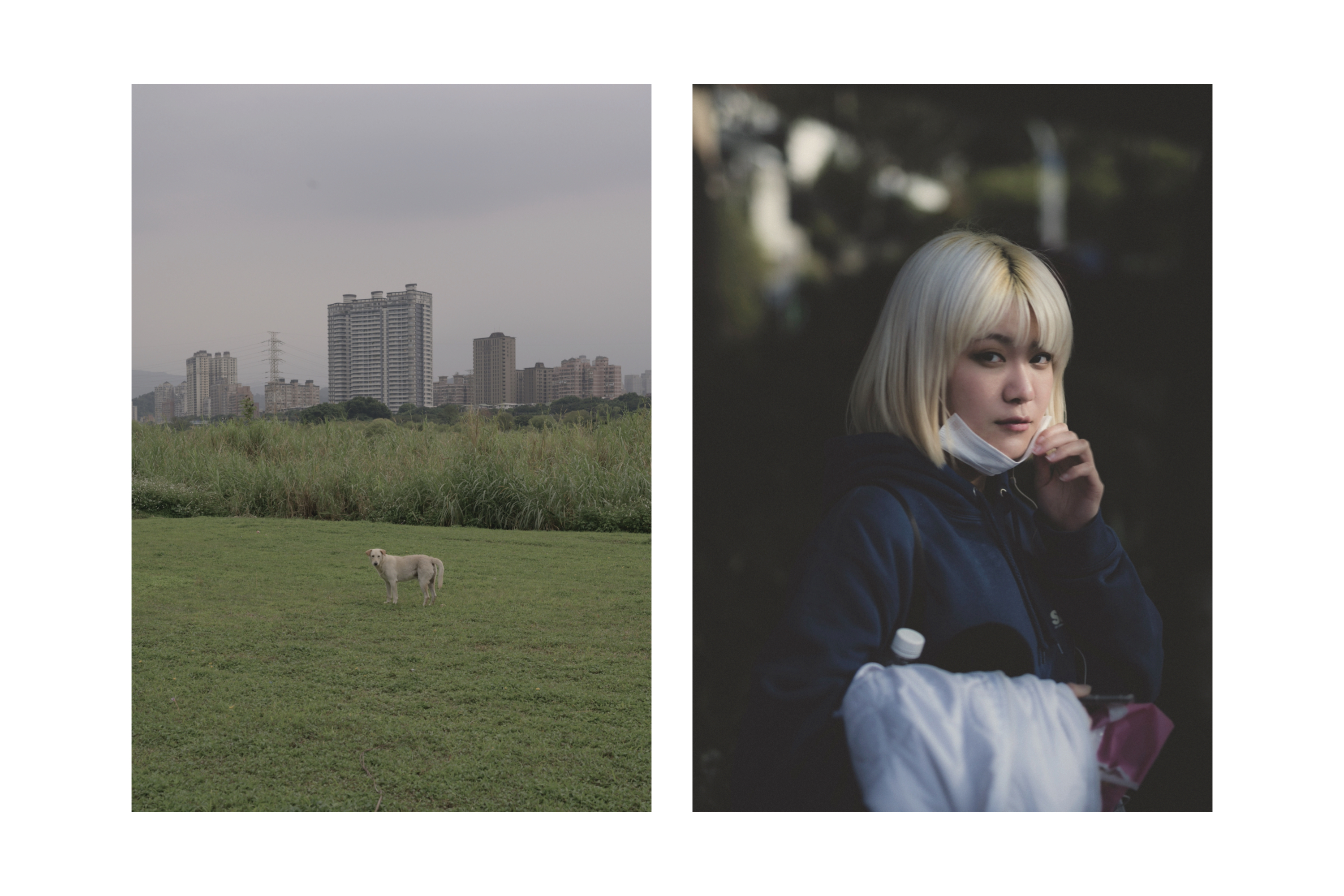

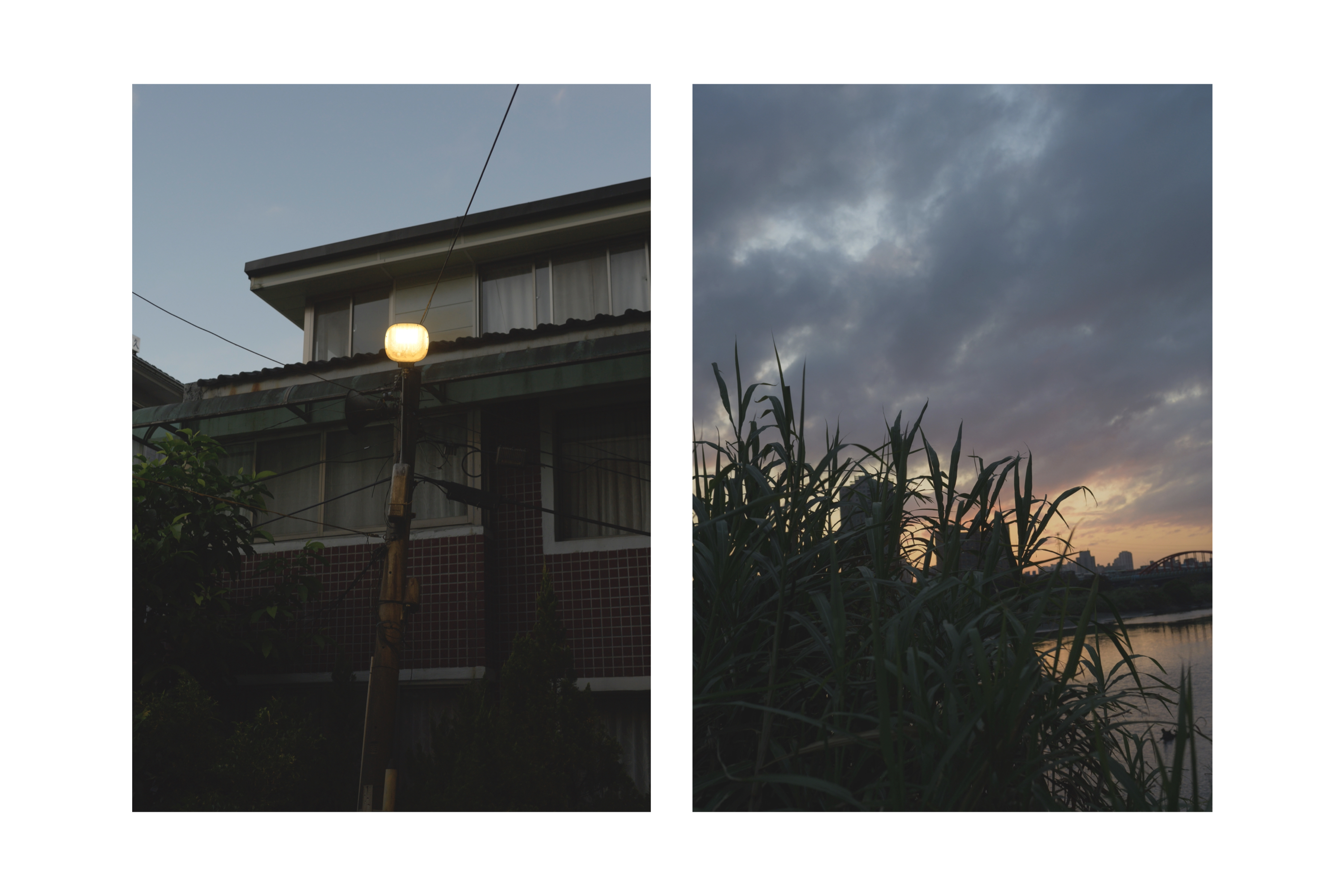

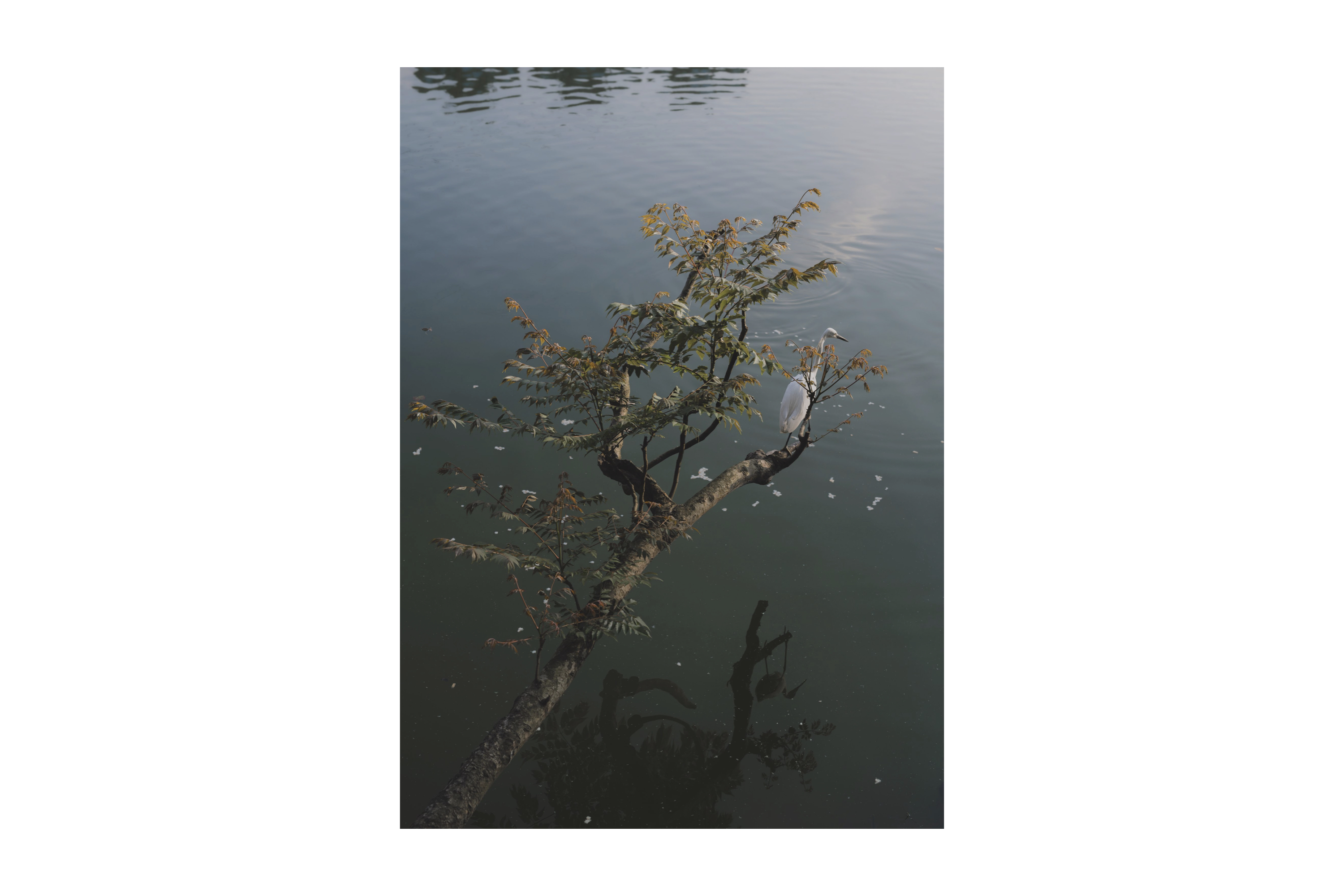



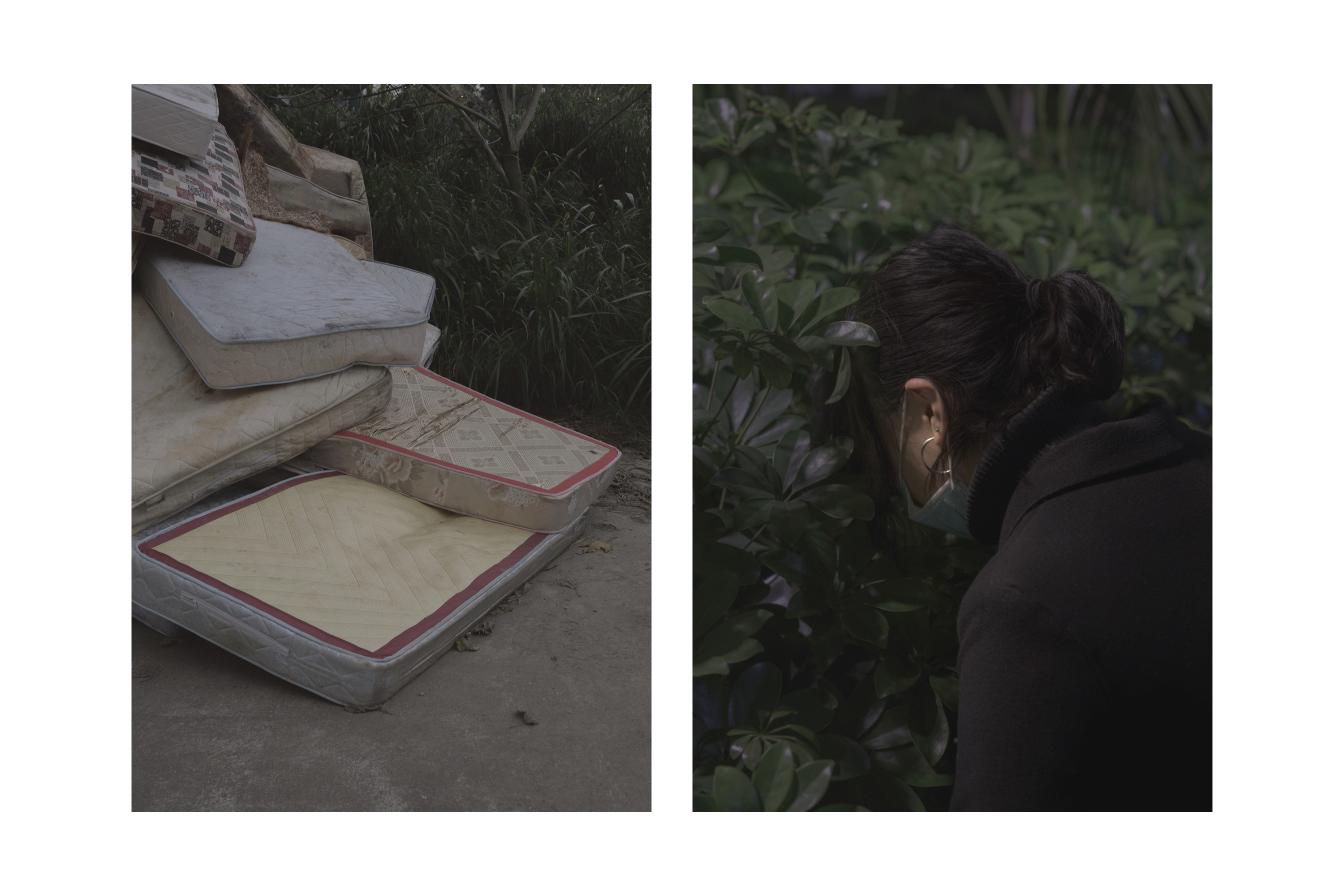
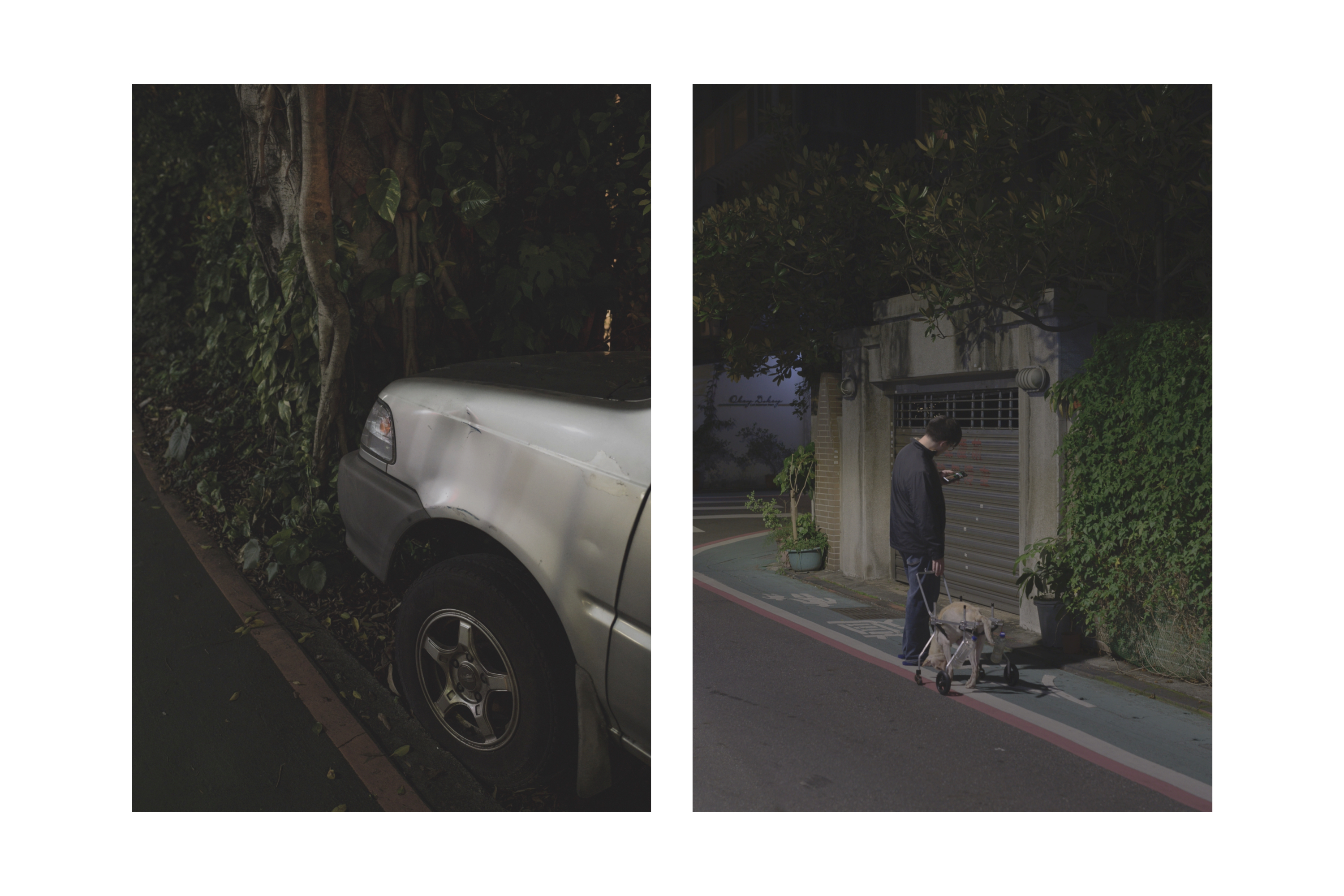

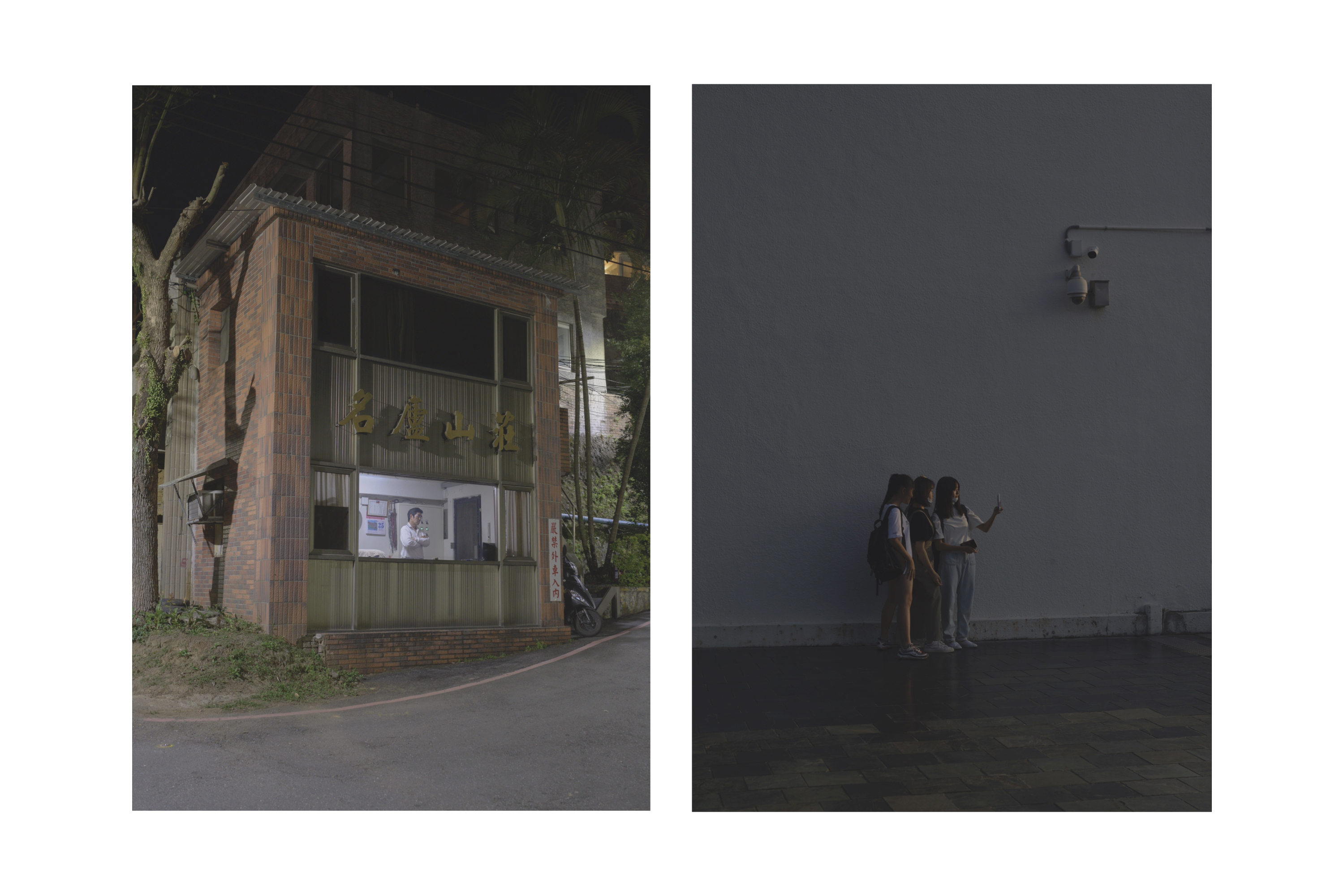



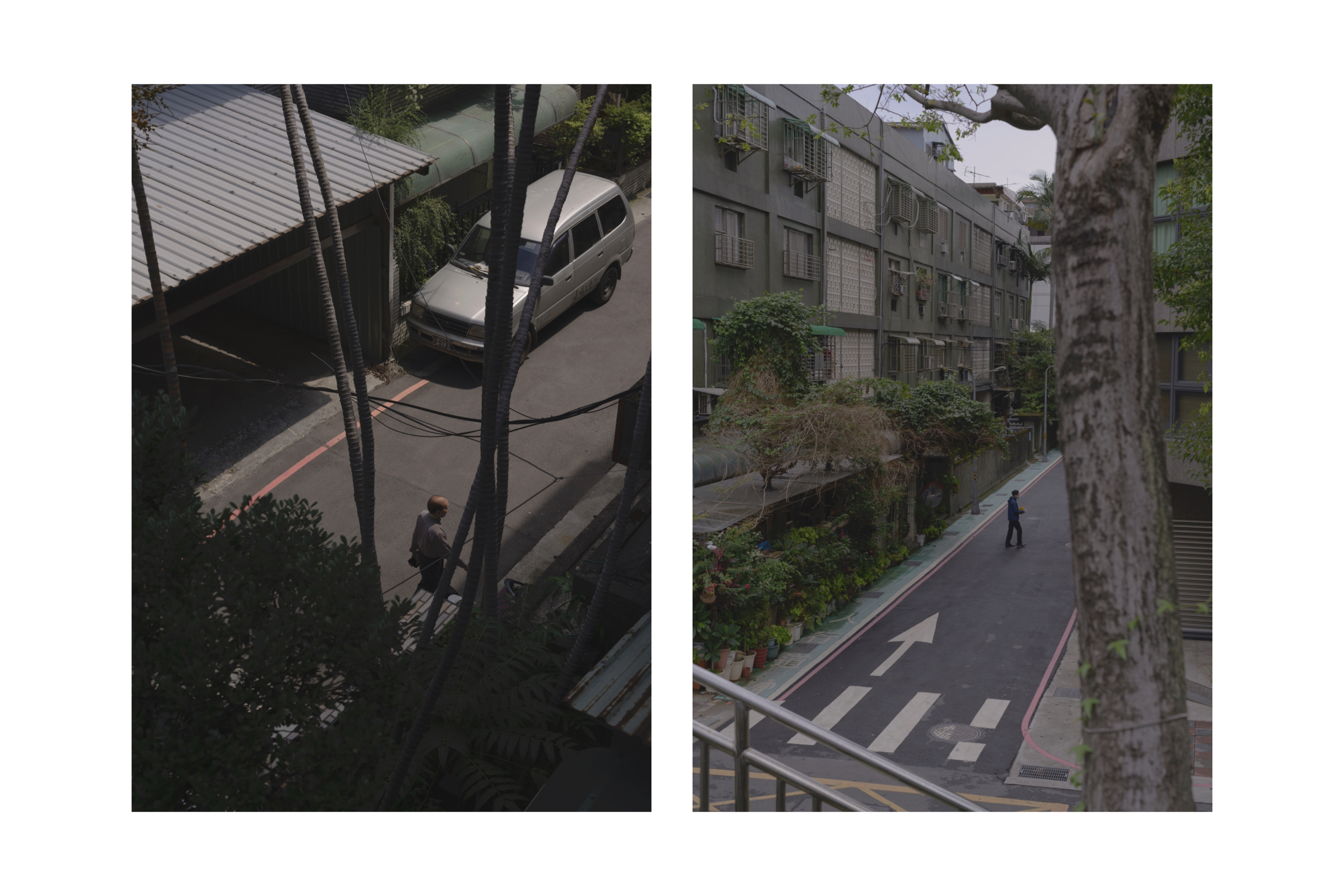


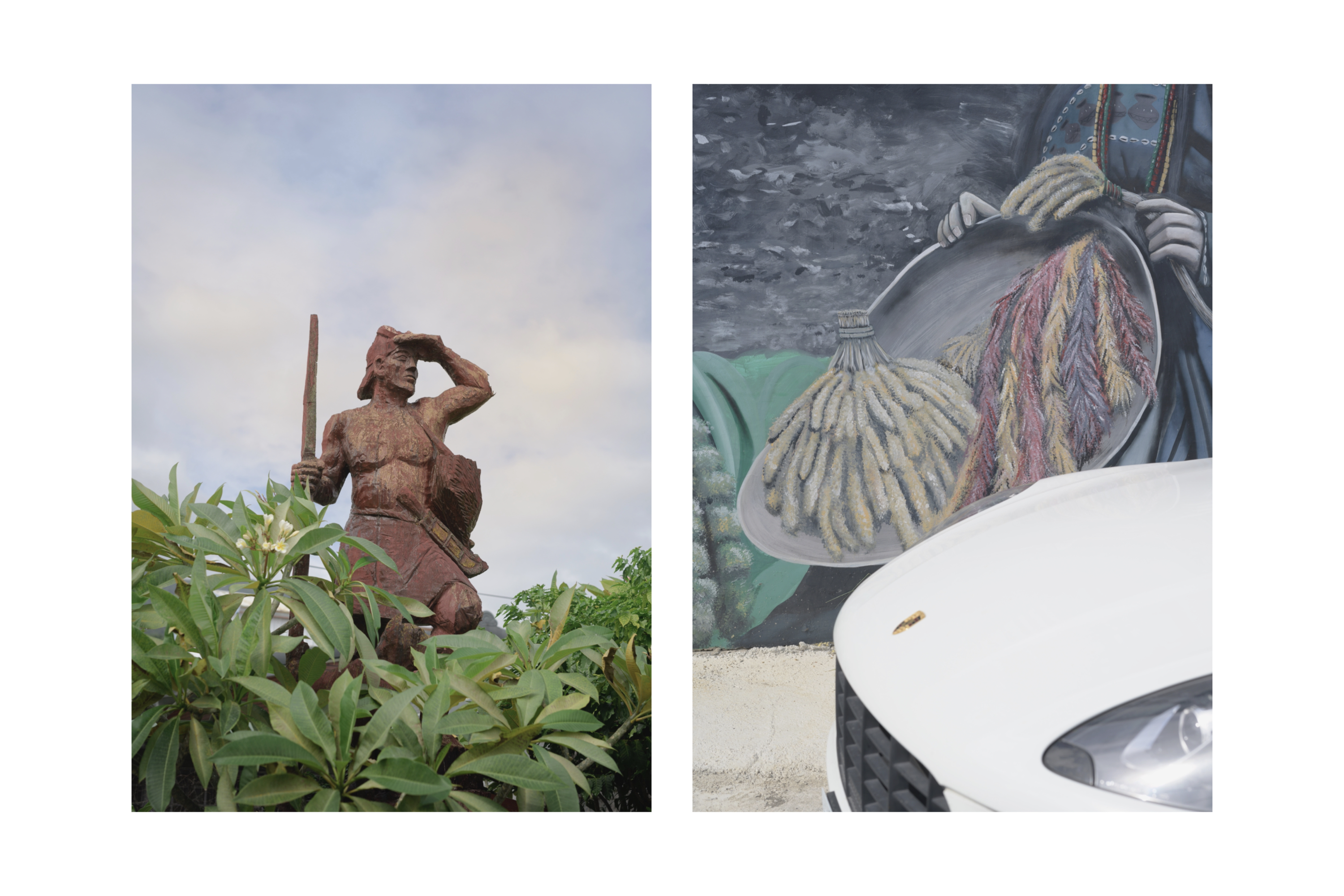
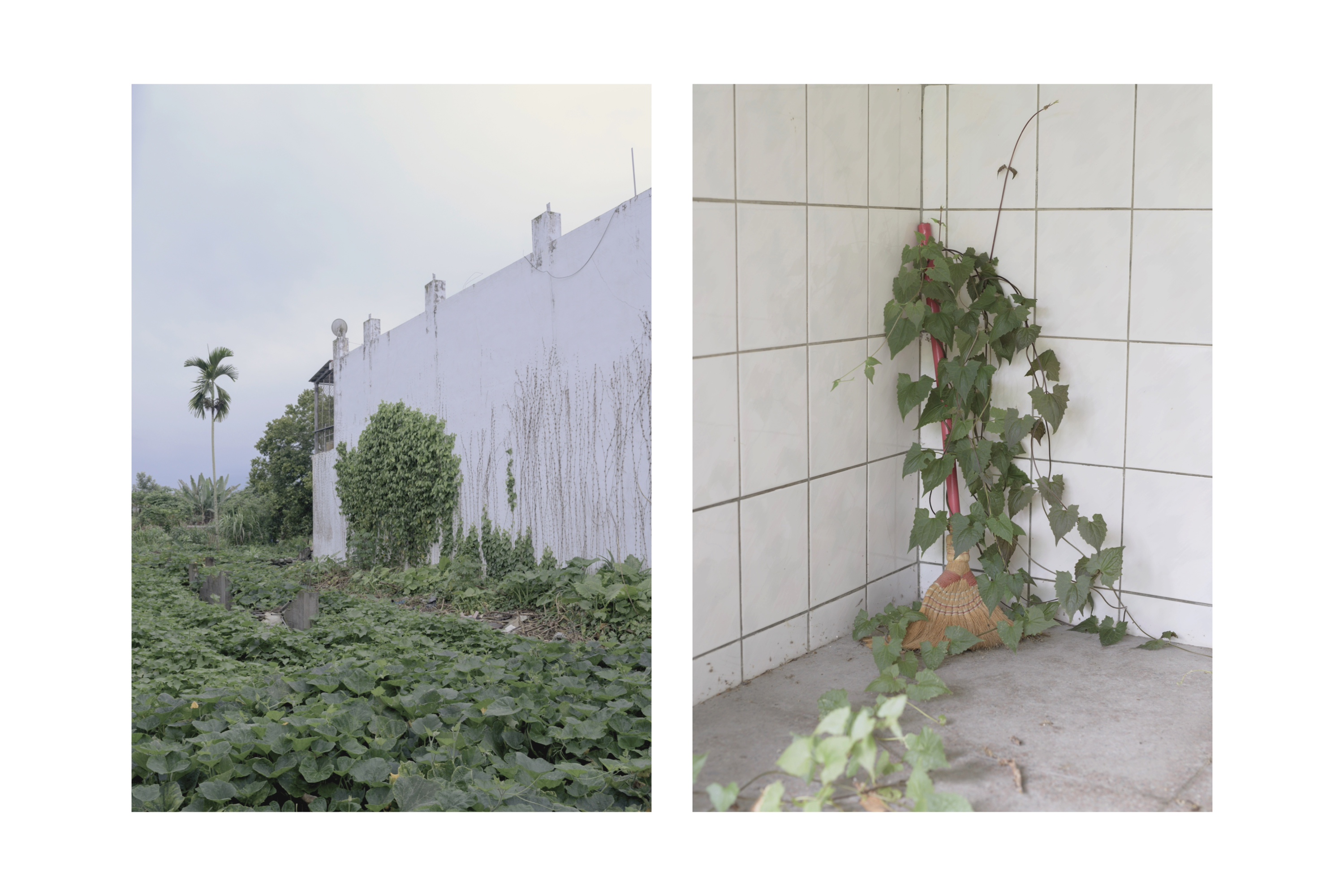
Hasard ou expression du dao - jet de copeaux de bois / vidéo 16”

encre de Chine sur papier AWAGAMI Murakumo select white A3+ 42g/m2 et tissu noir


一
unity



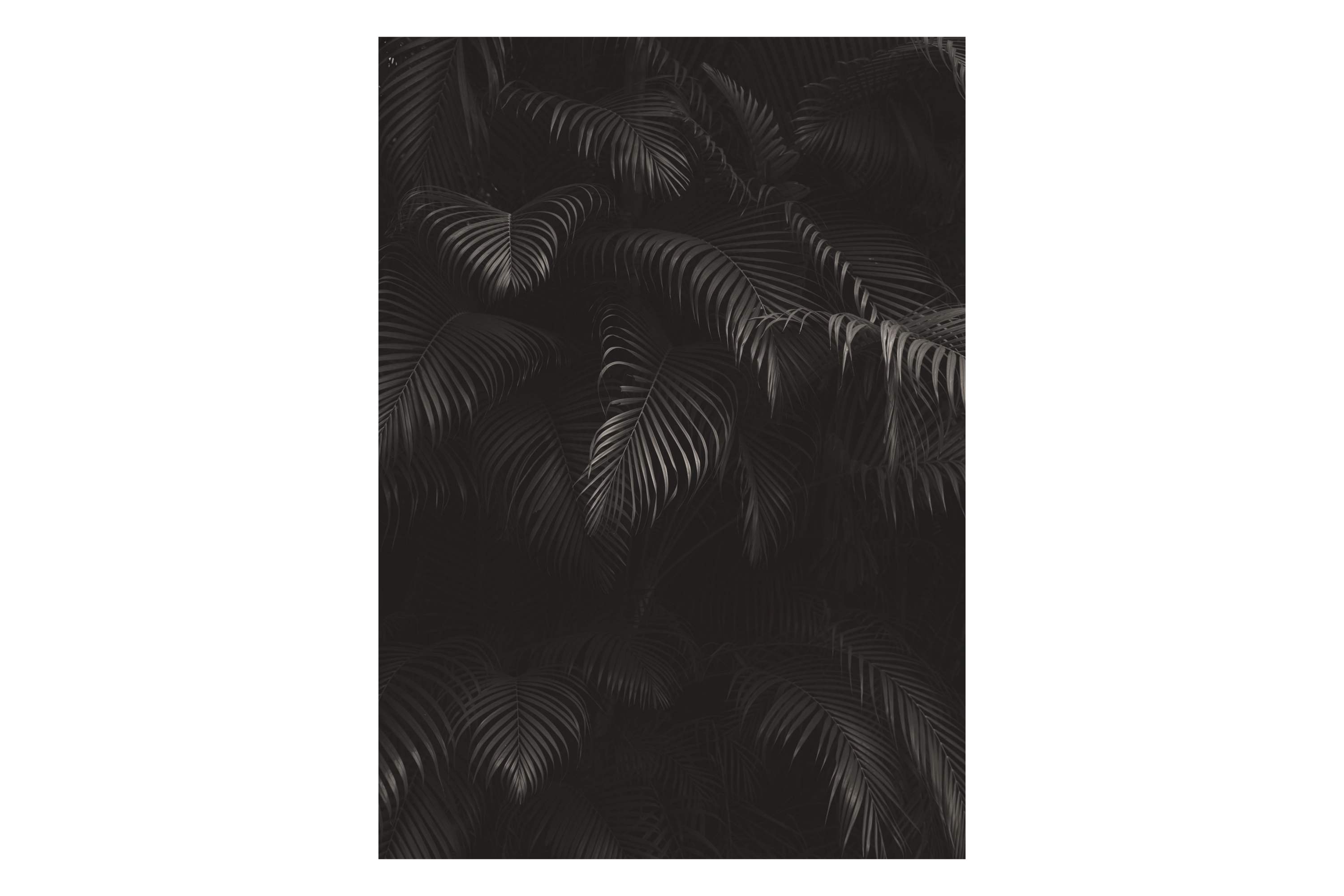
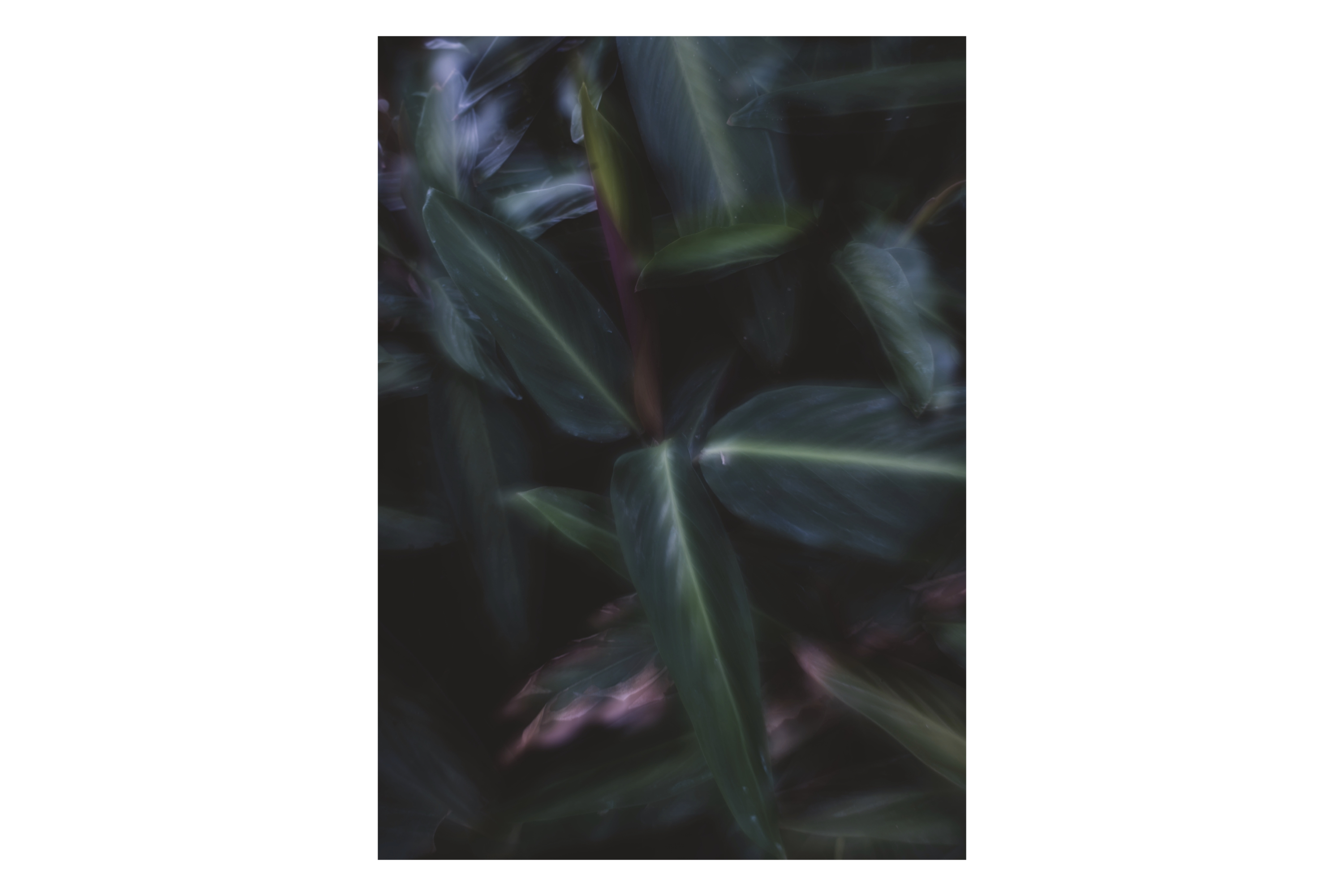
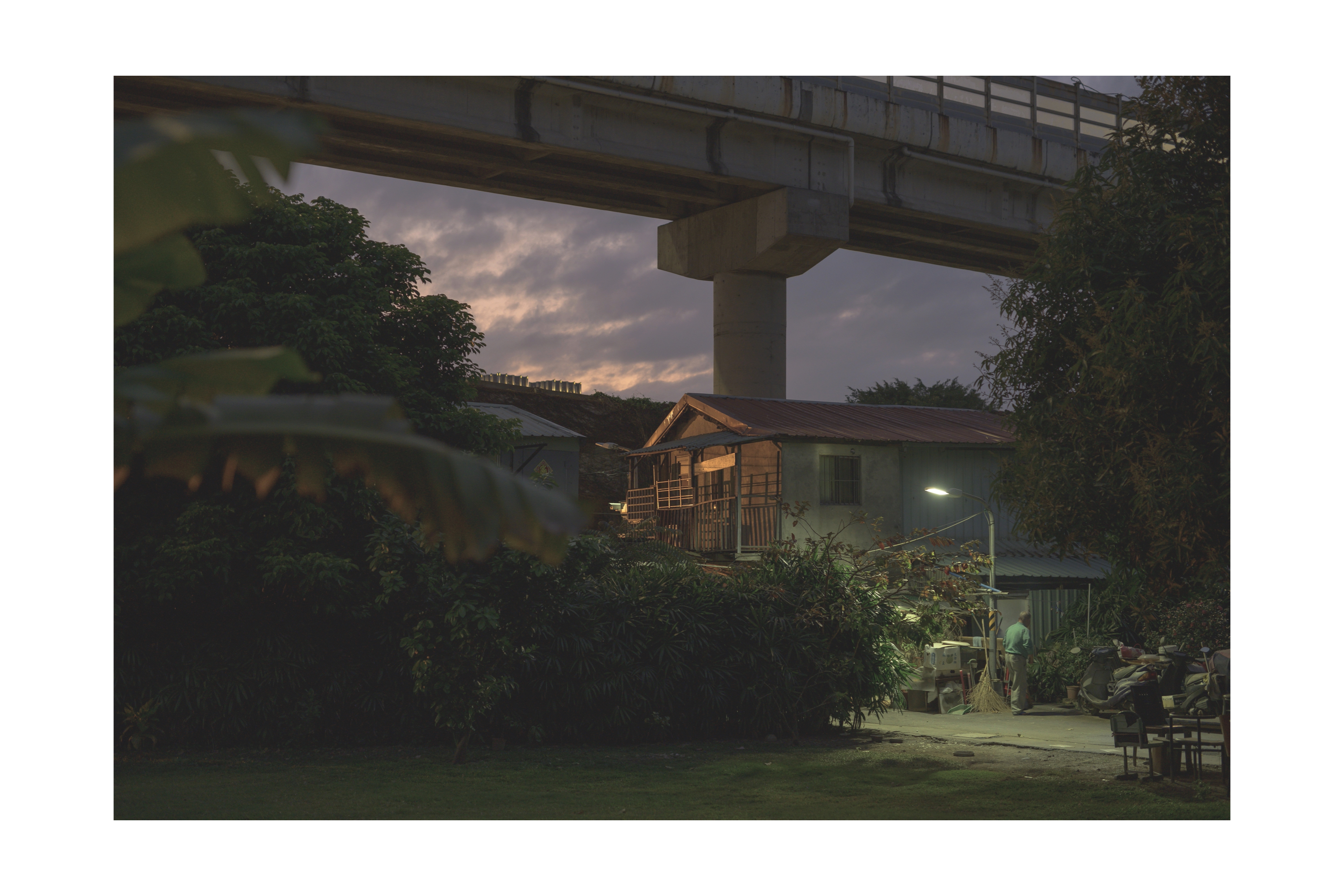
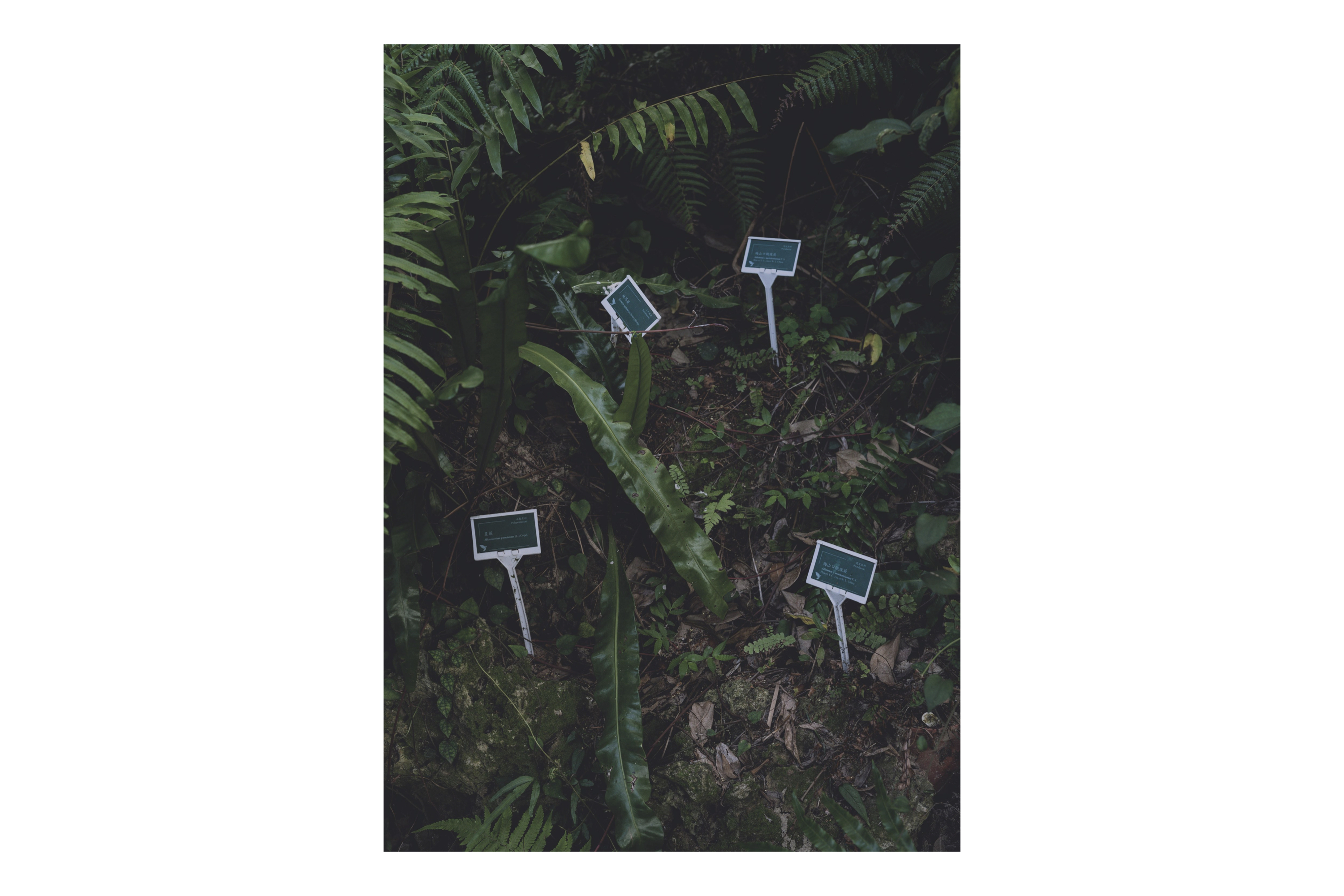


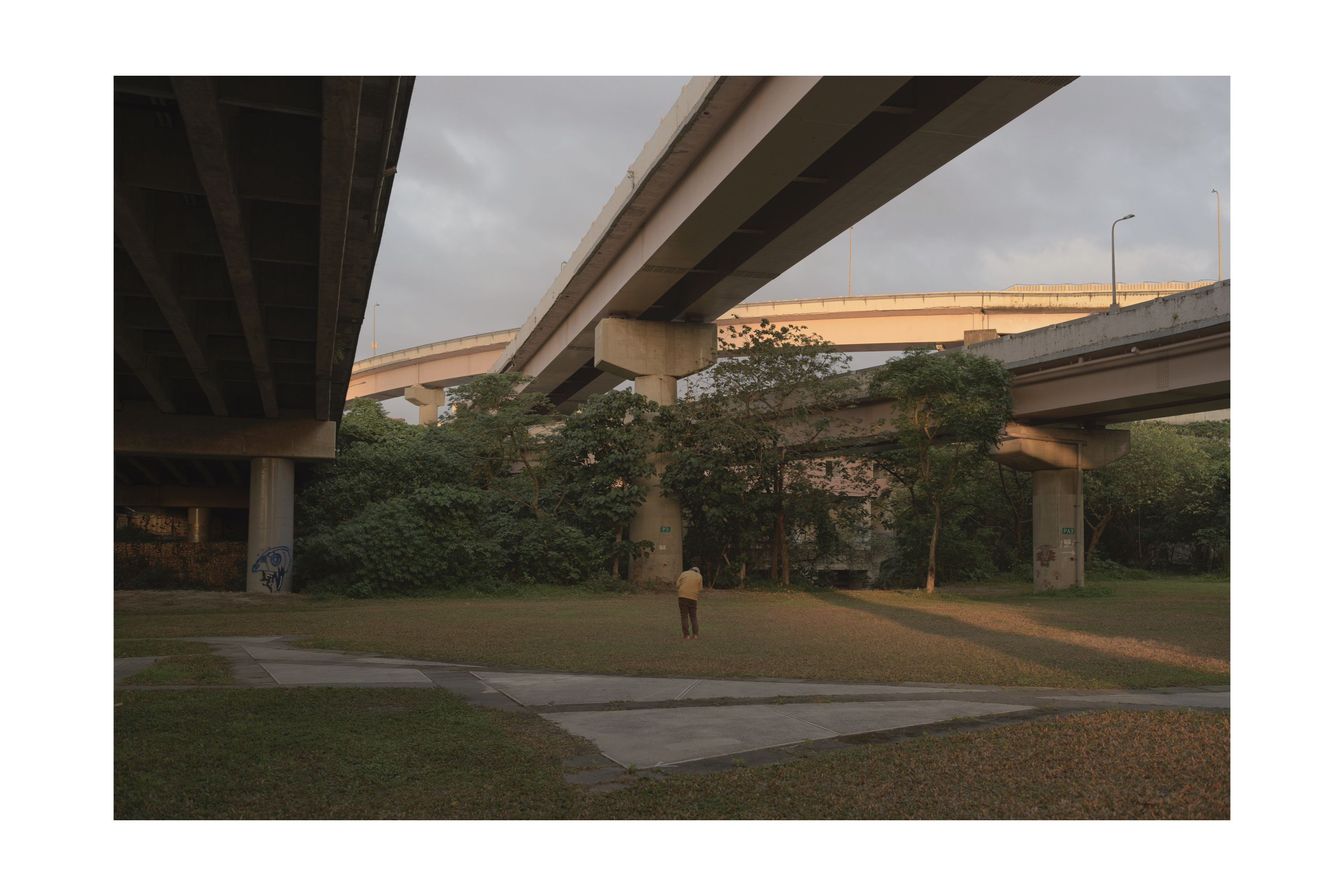
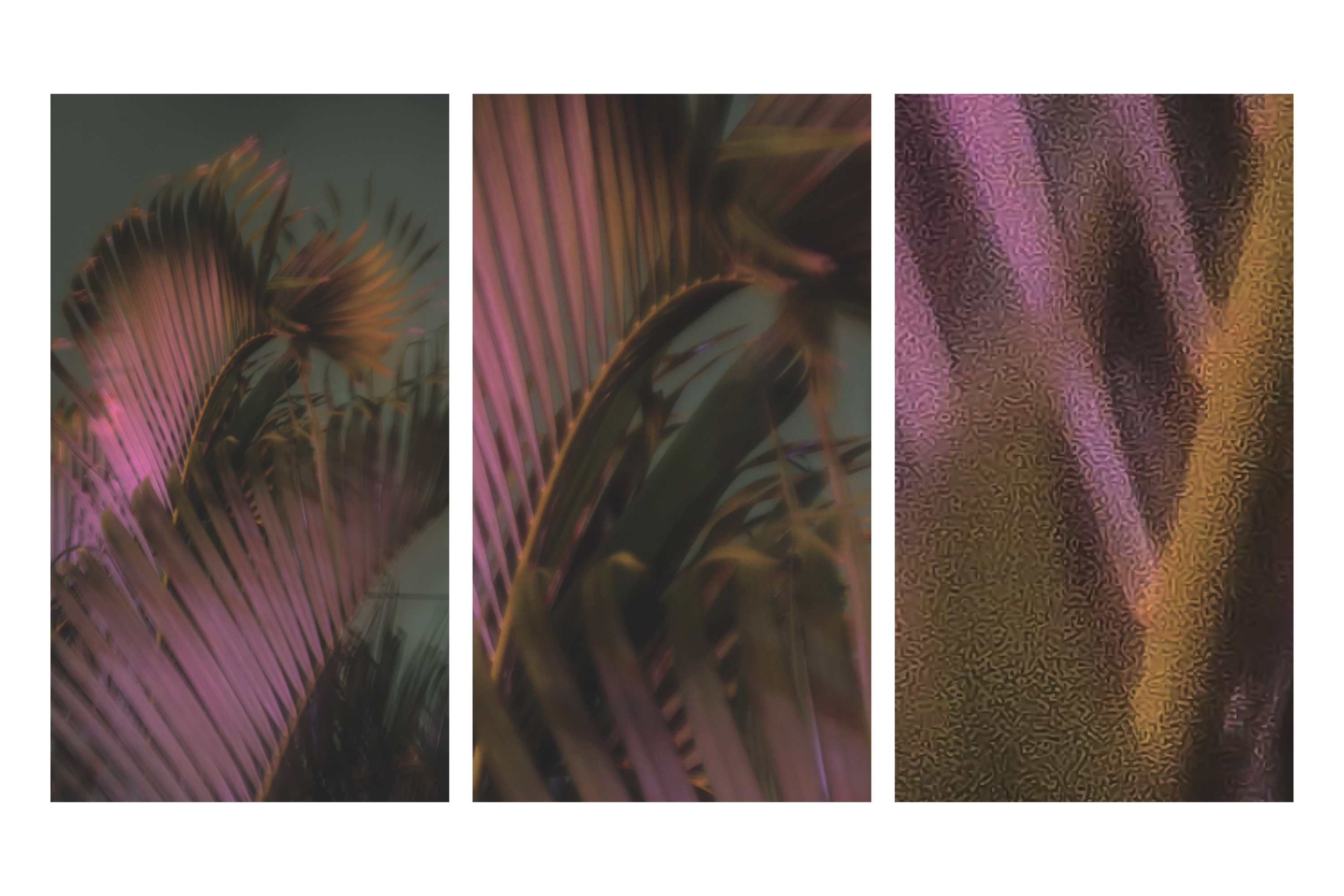
as an attempt
。
二
duality



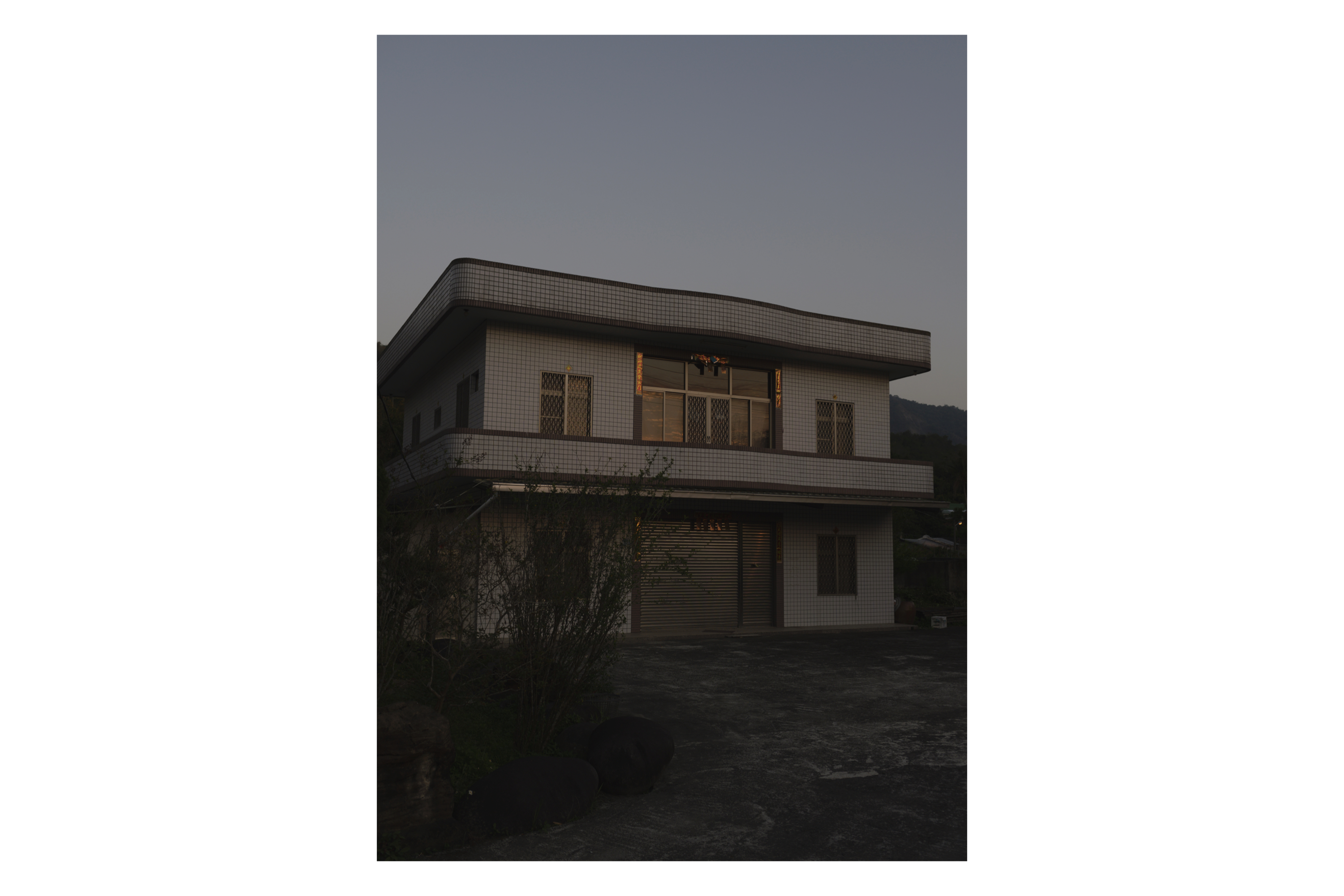
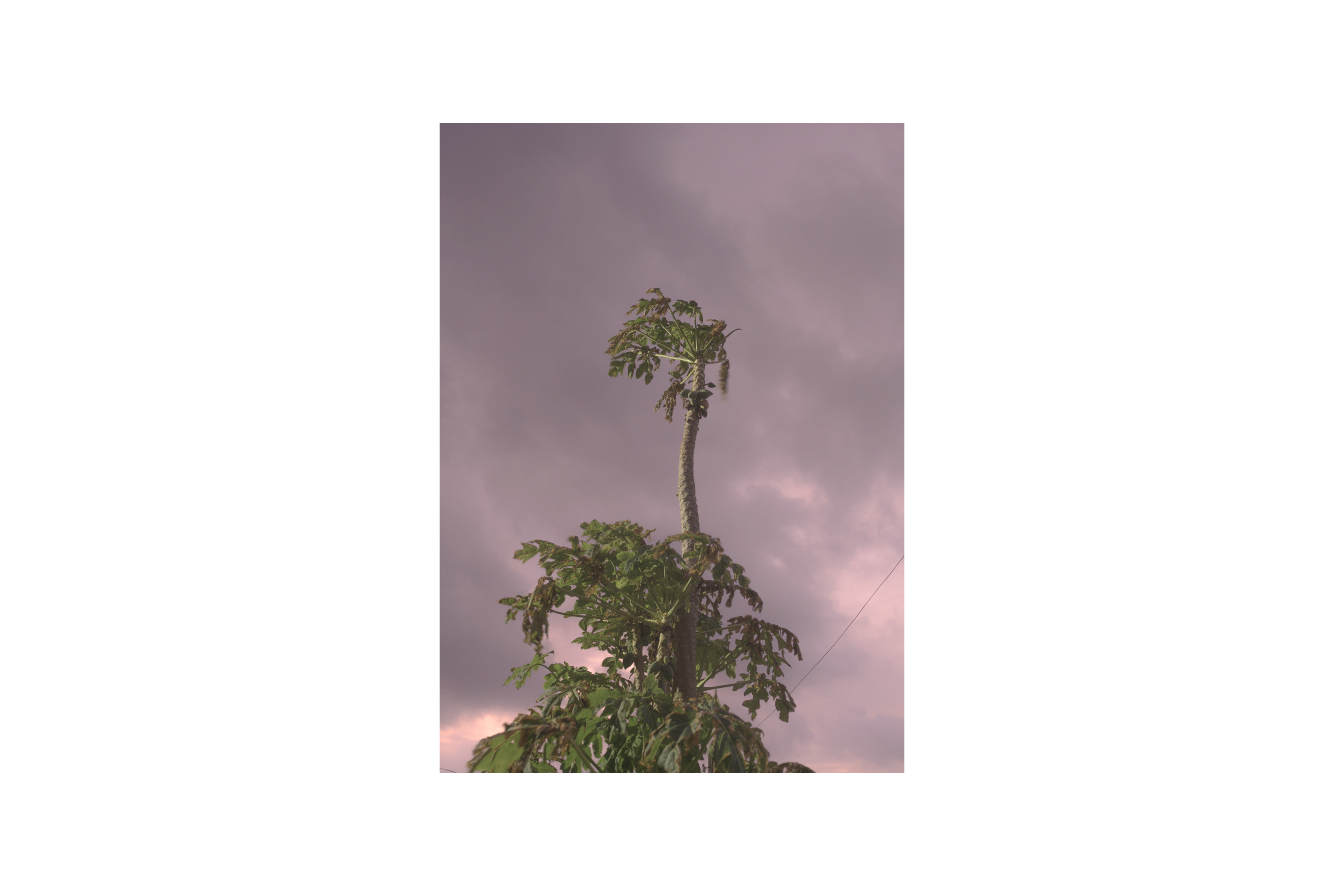

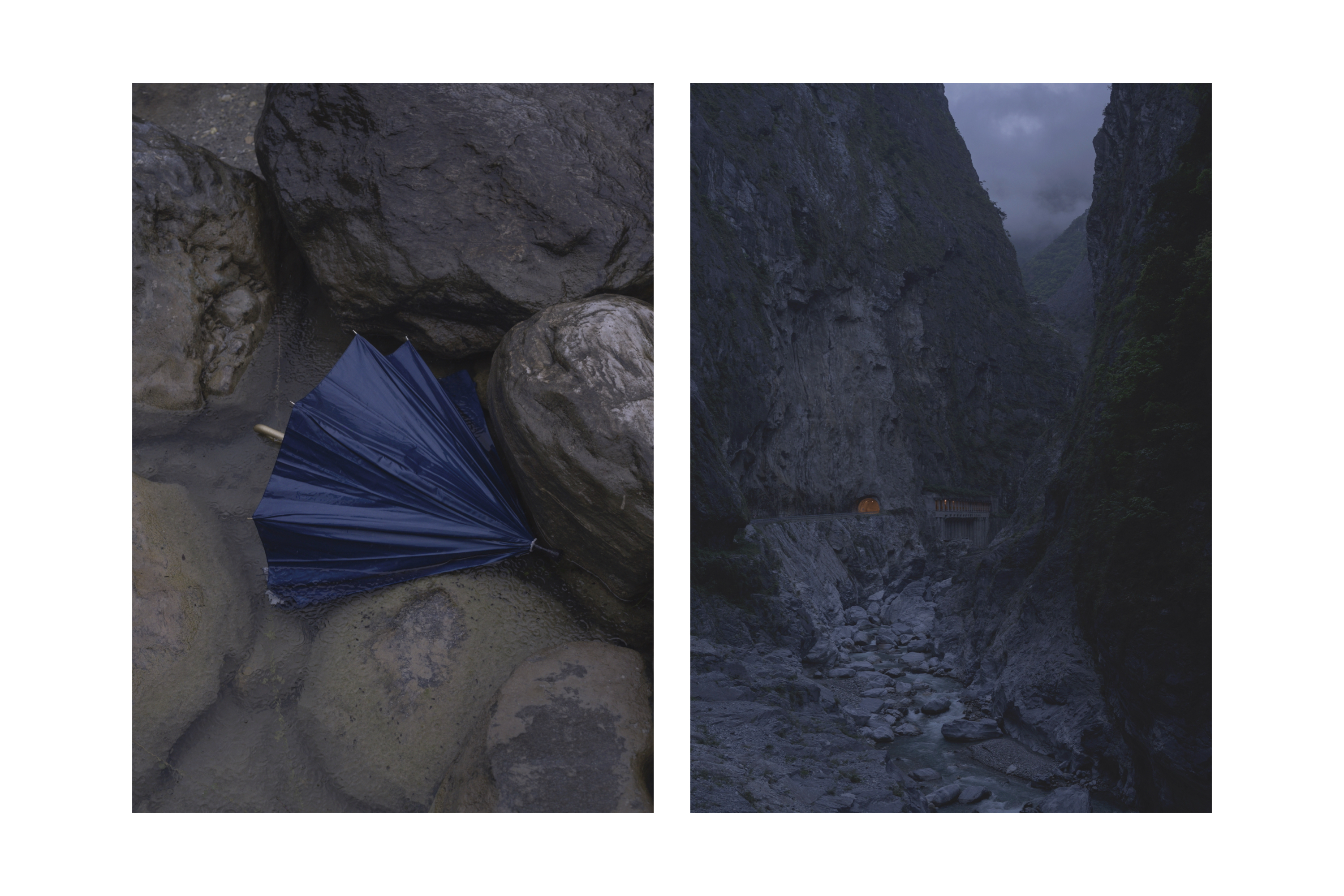











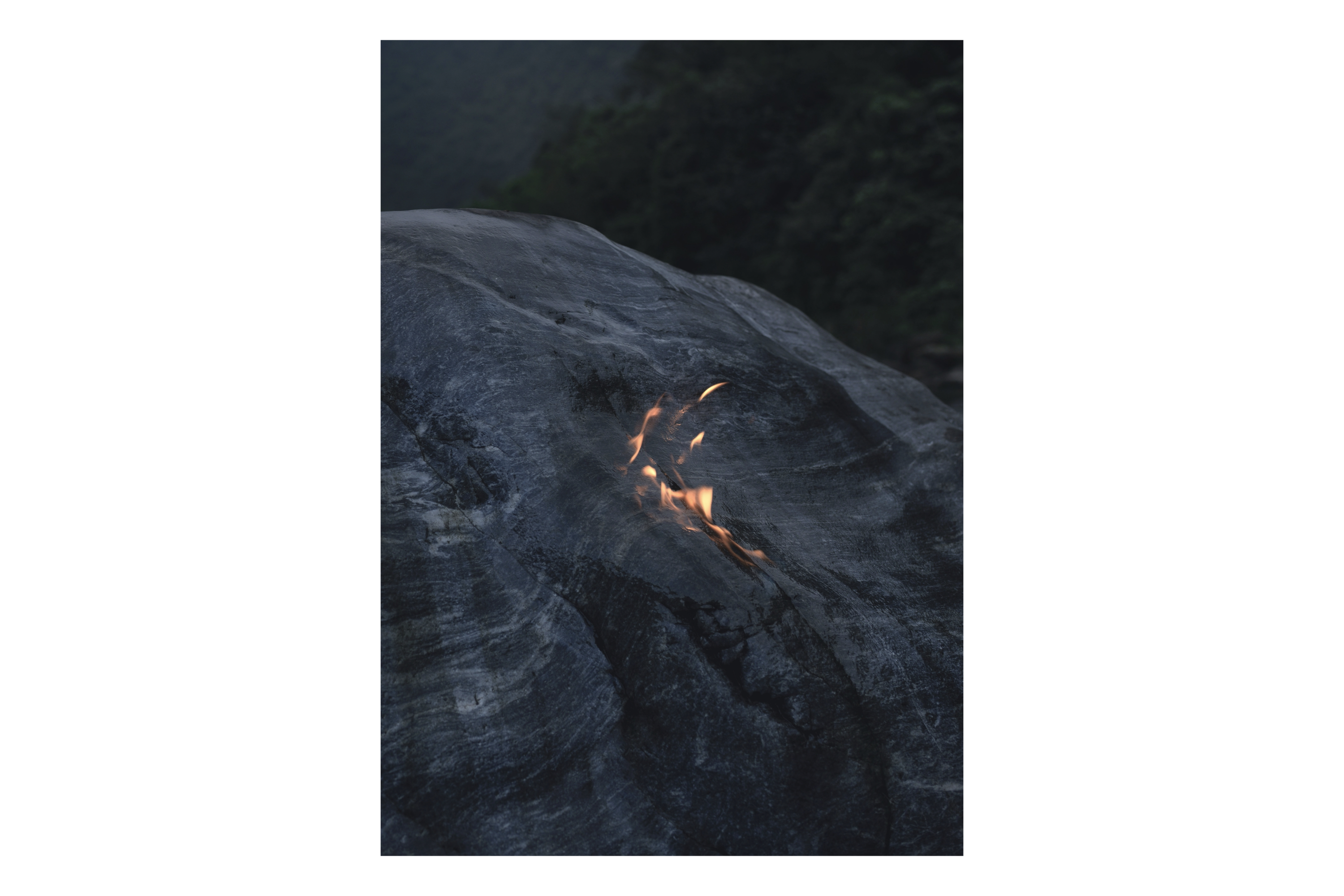
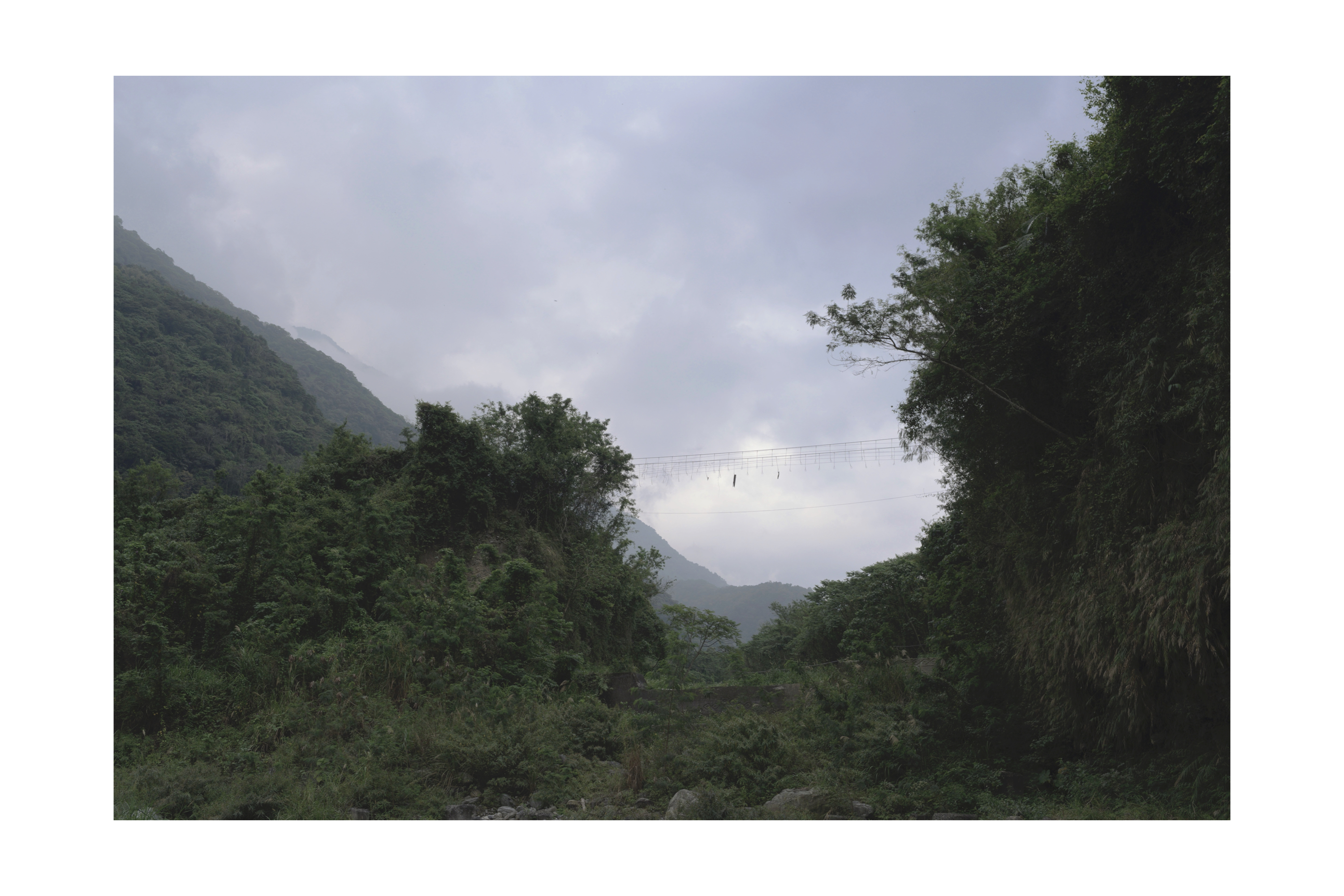
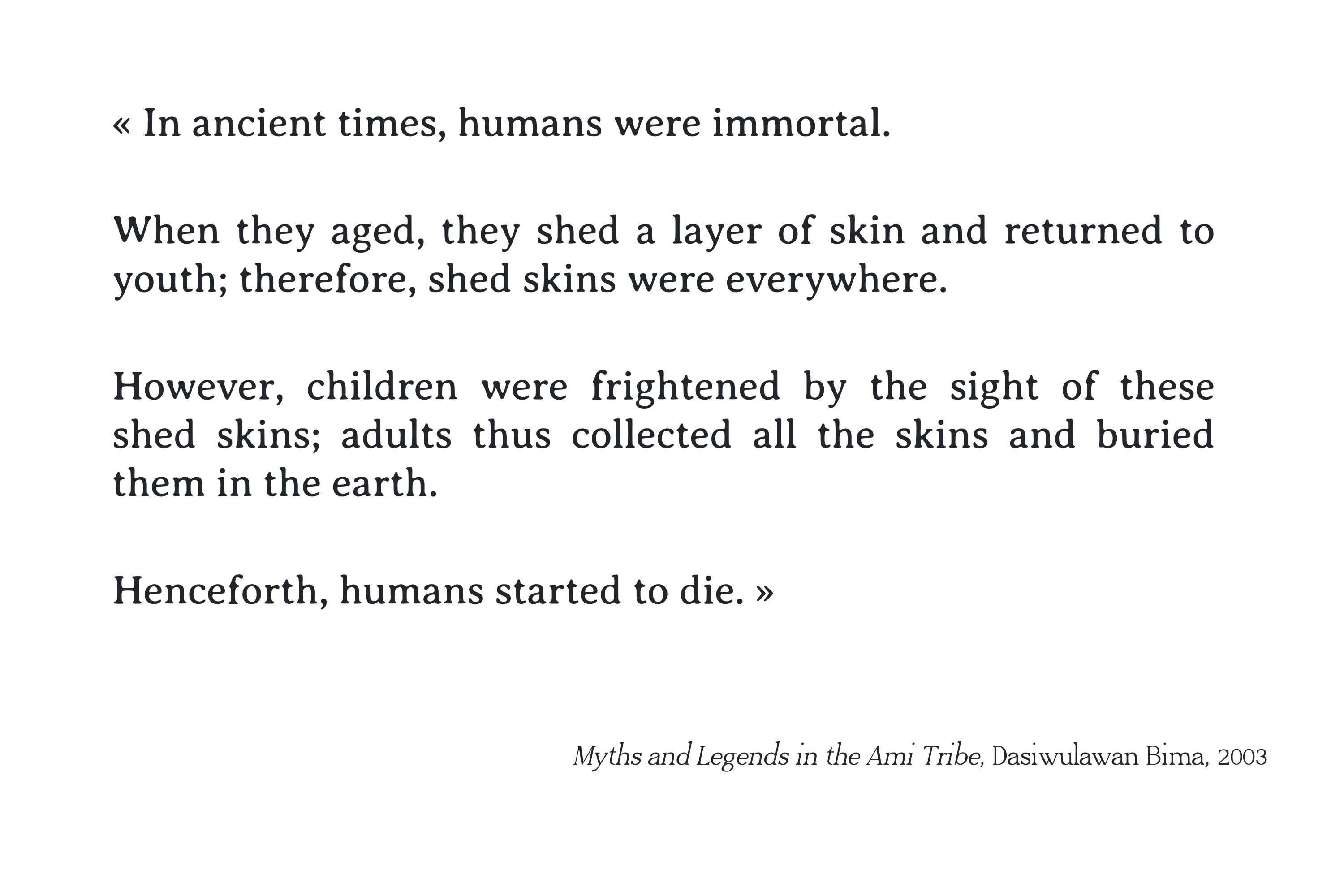

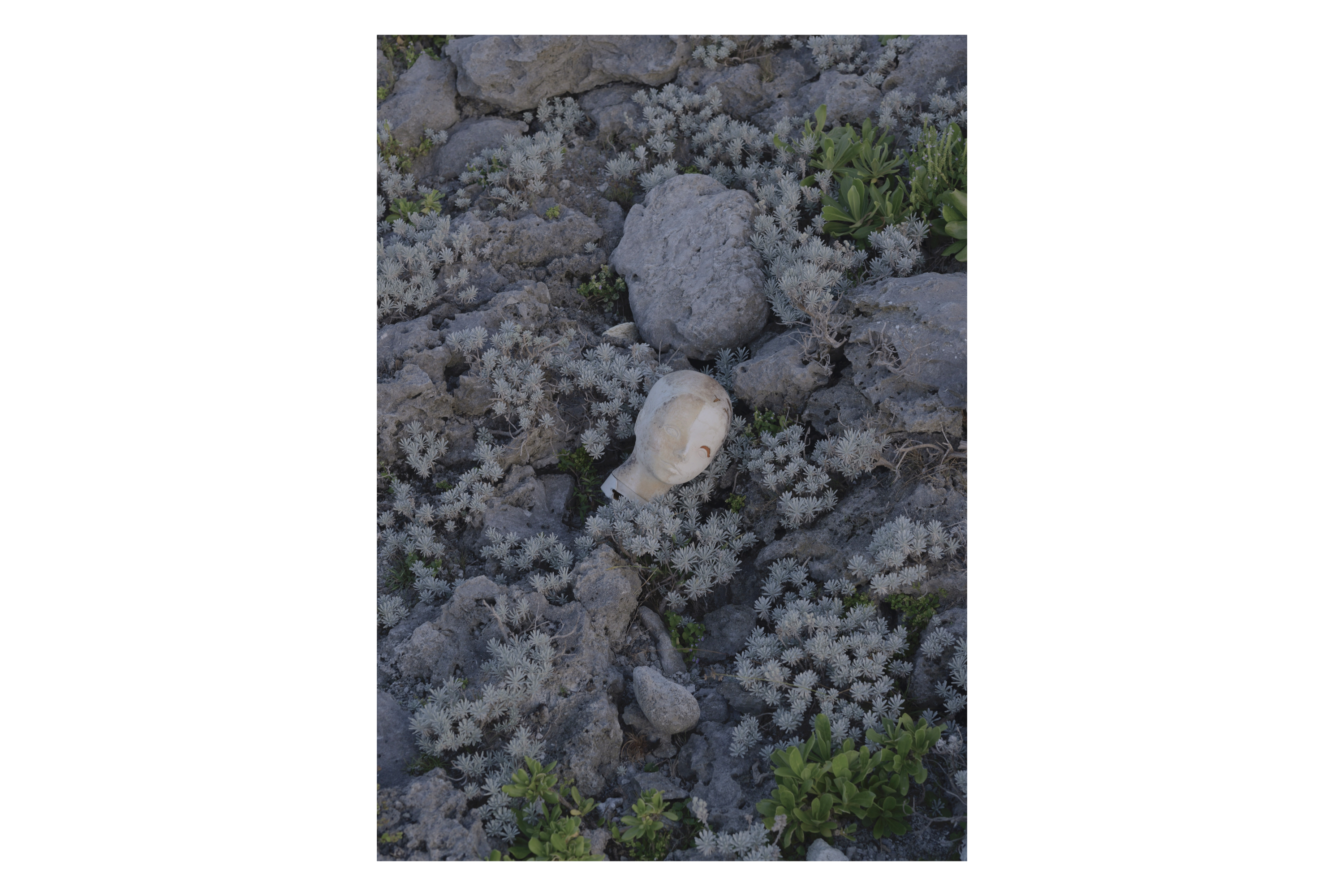





三
change




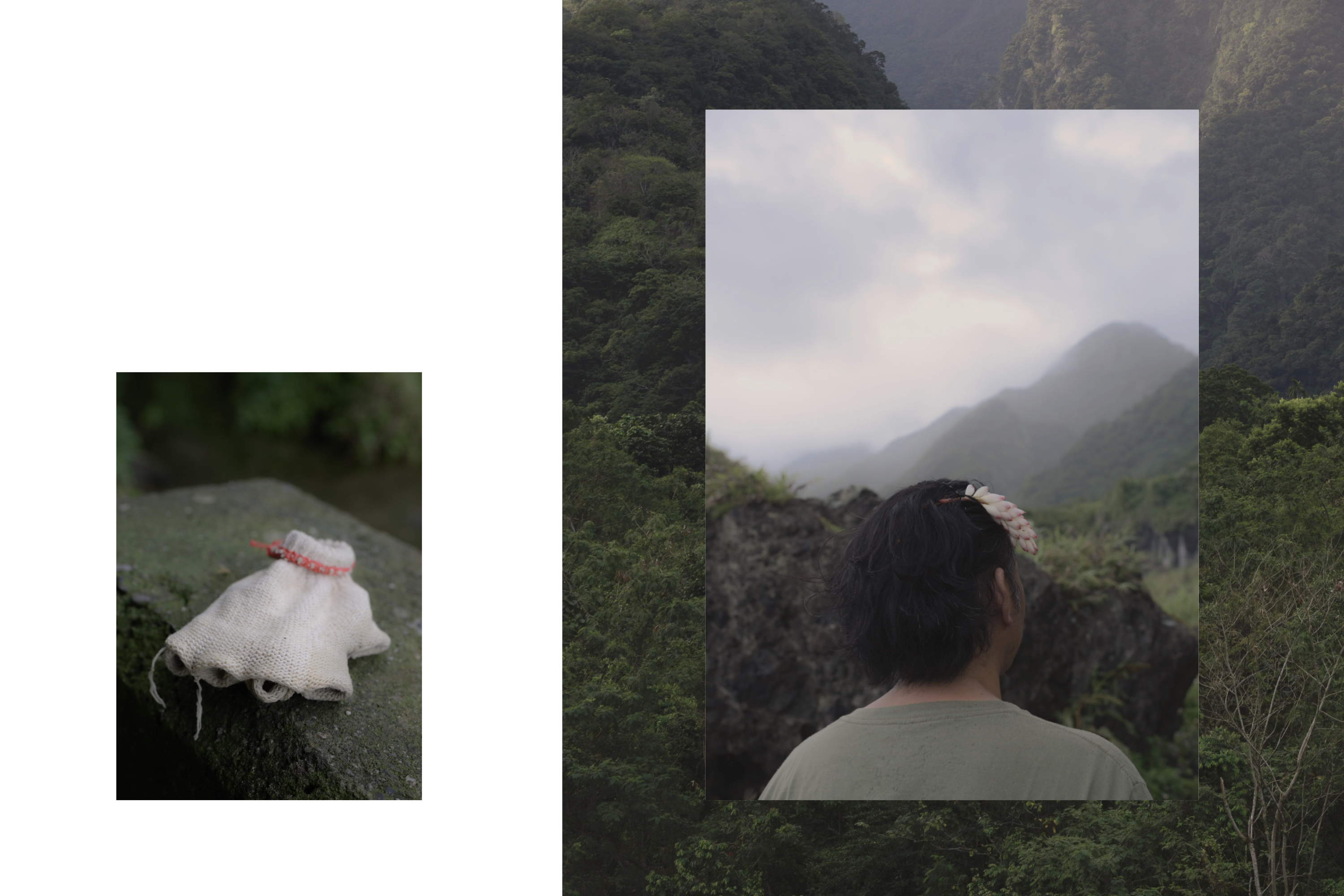



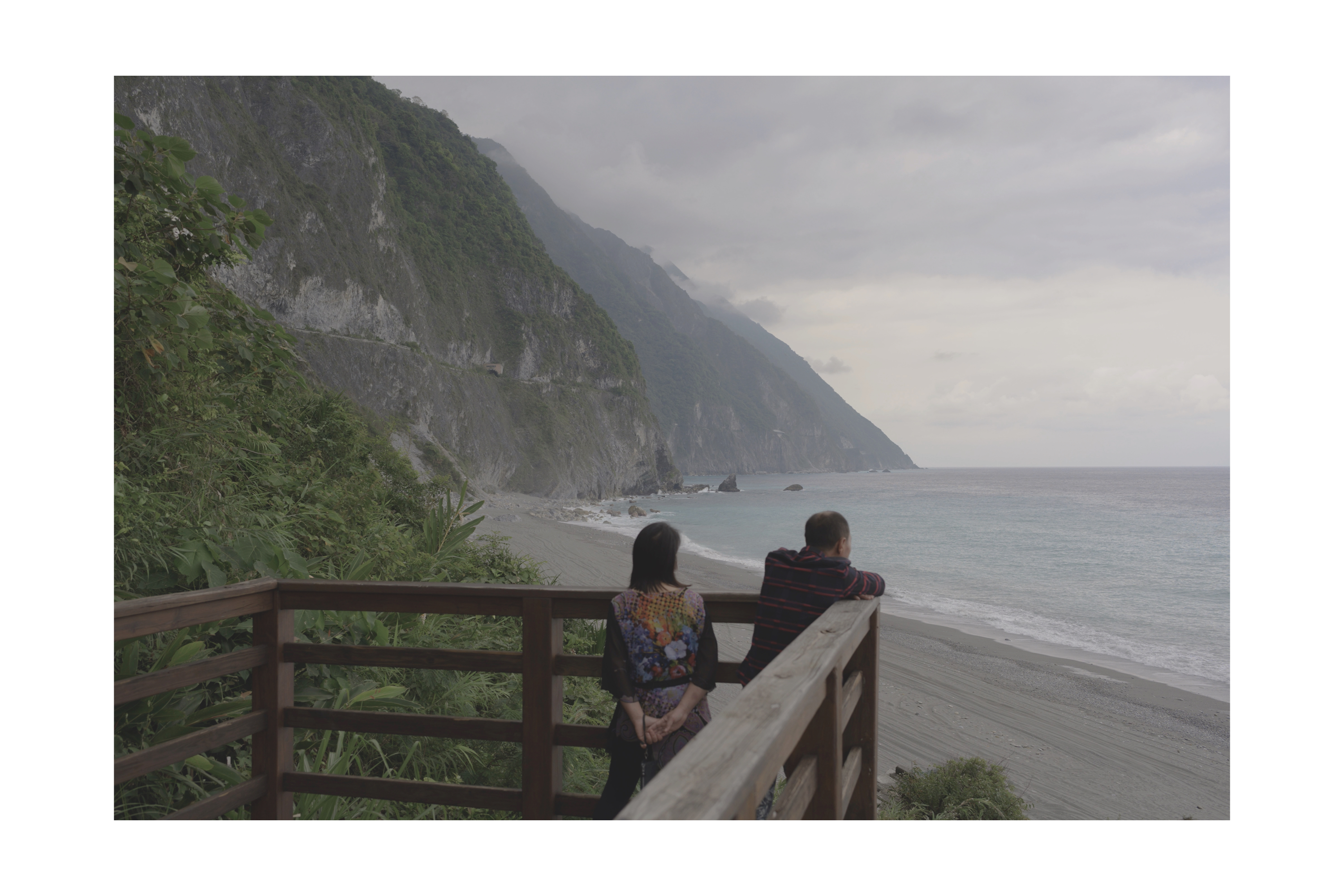

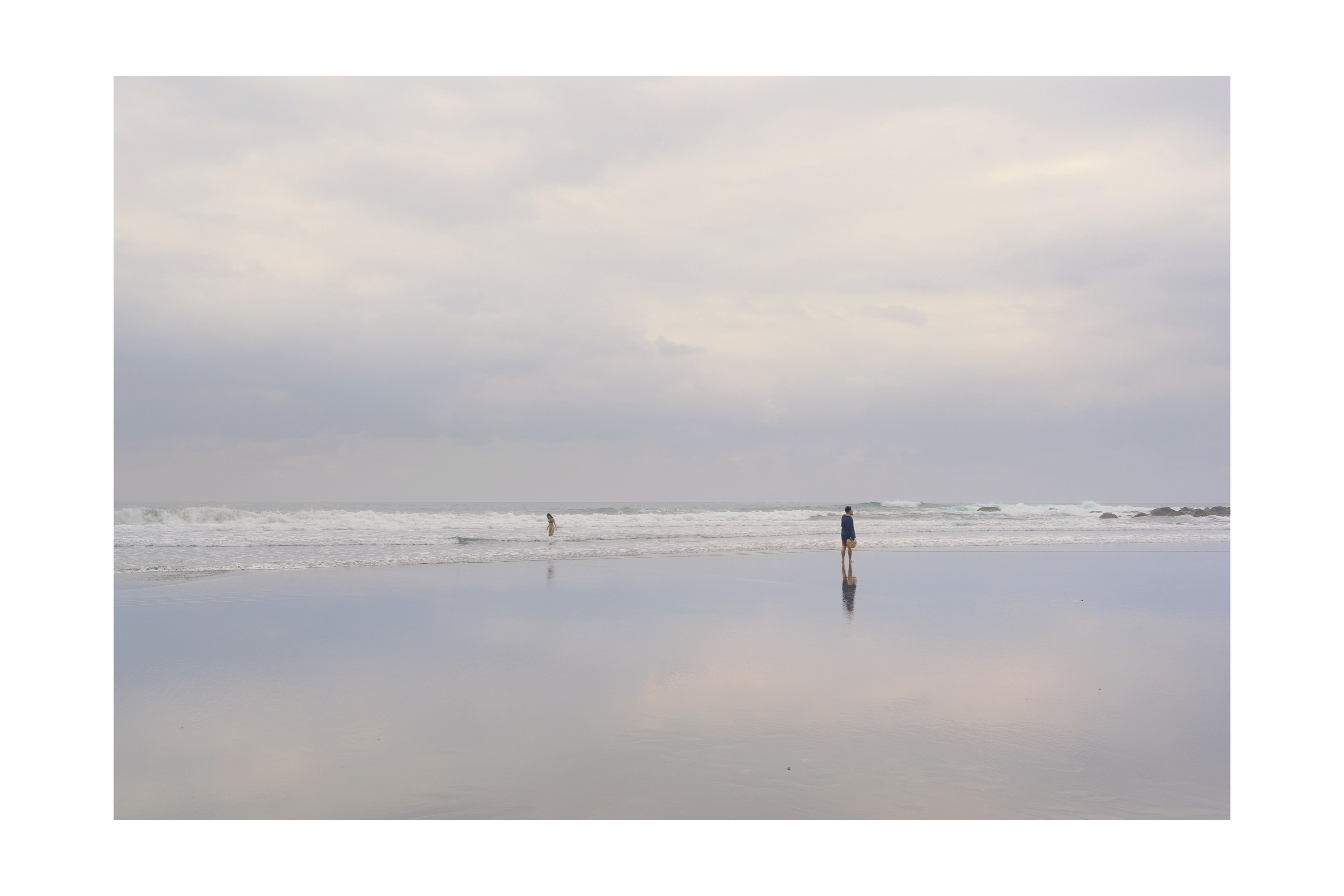

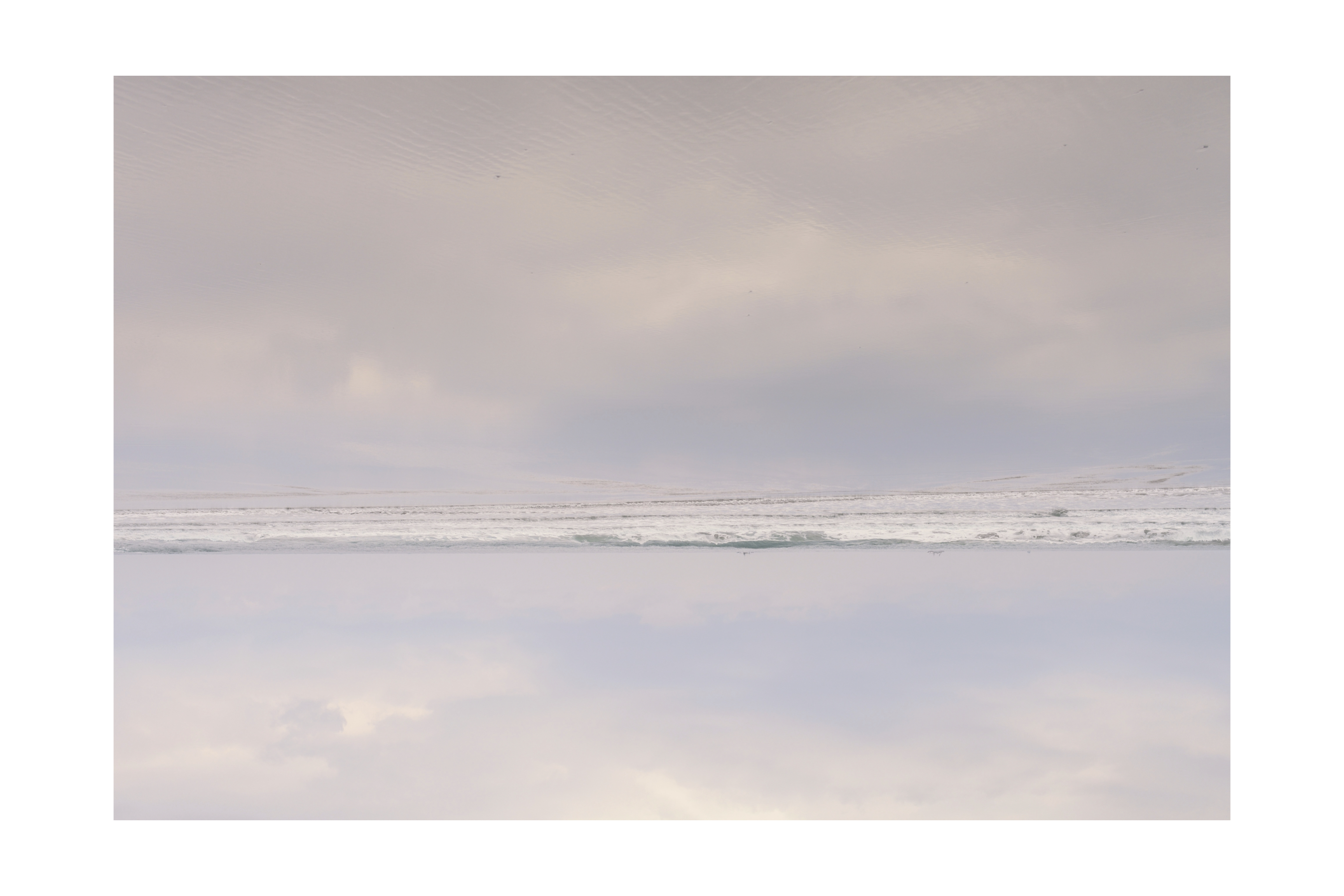
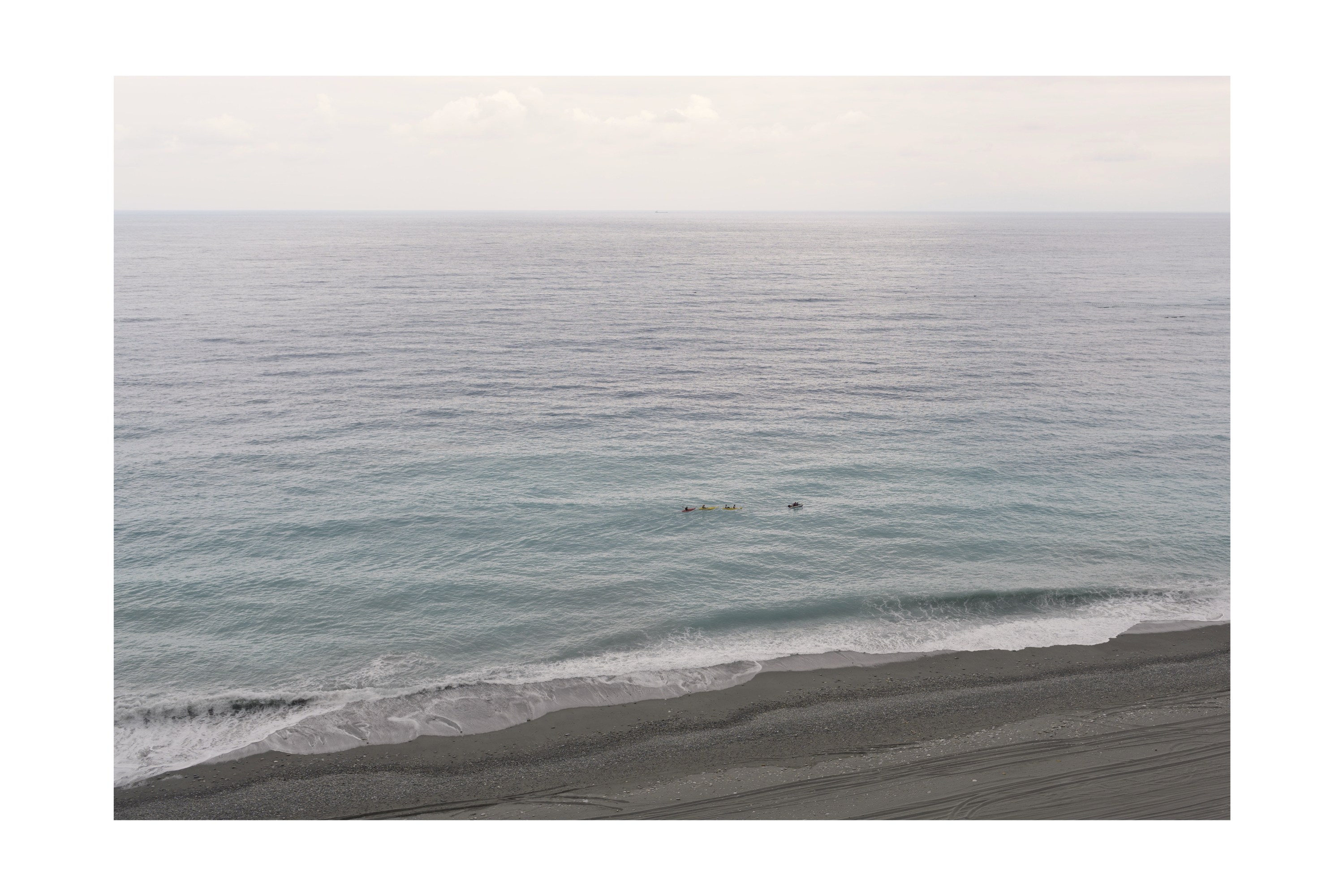

all rights reserved // charles-henri paysan // 2022
